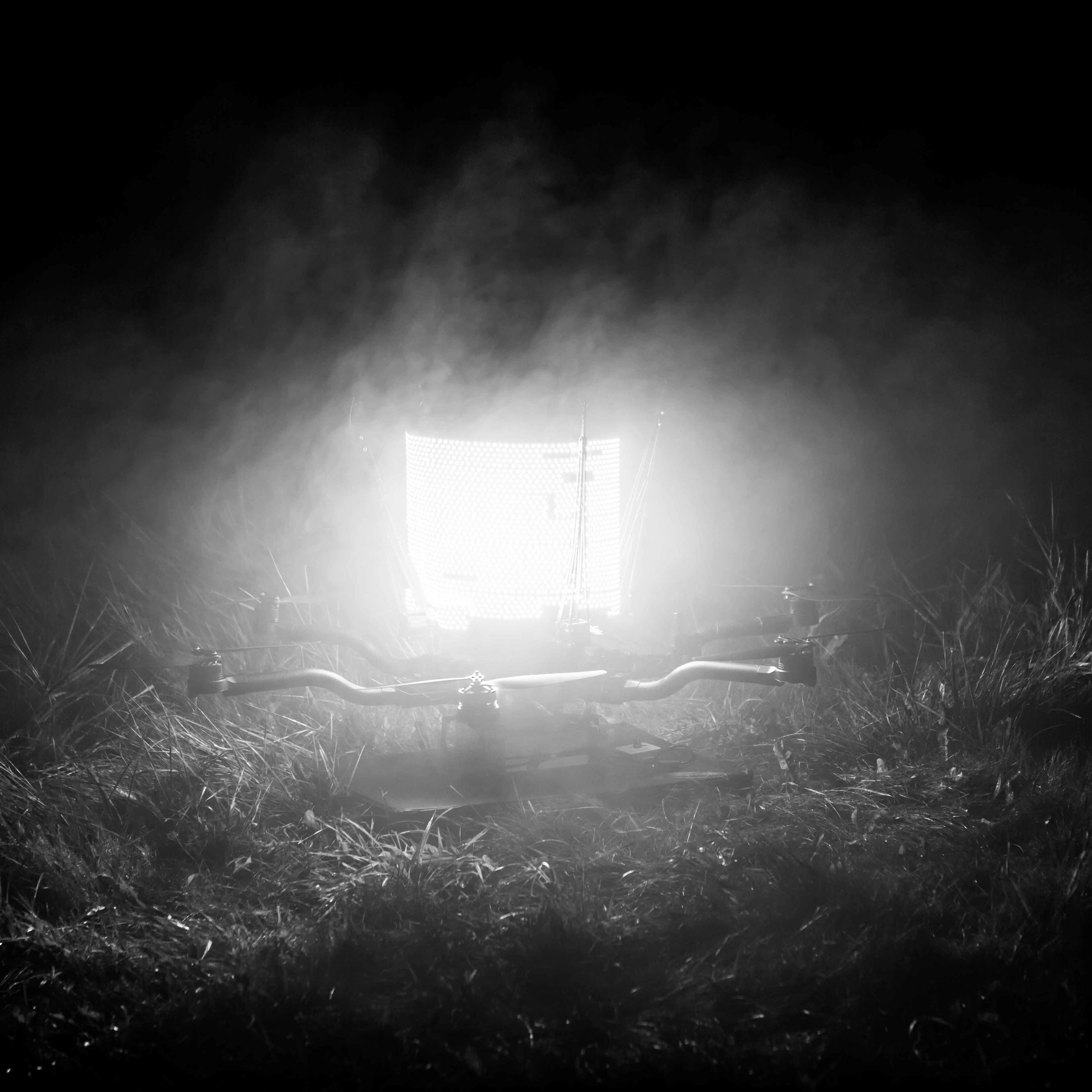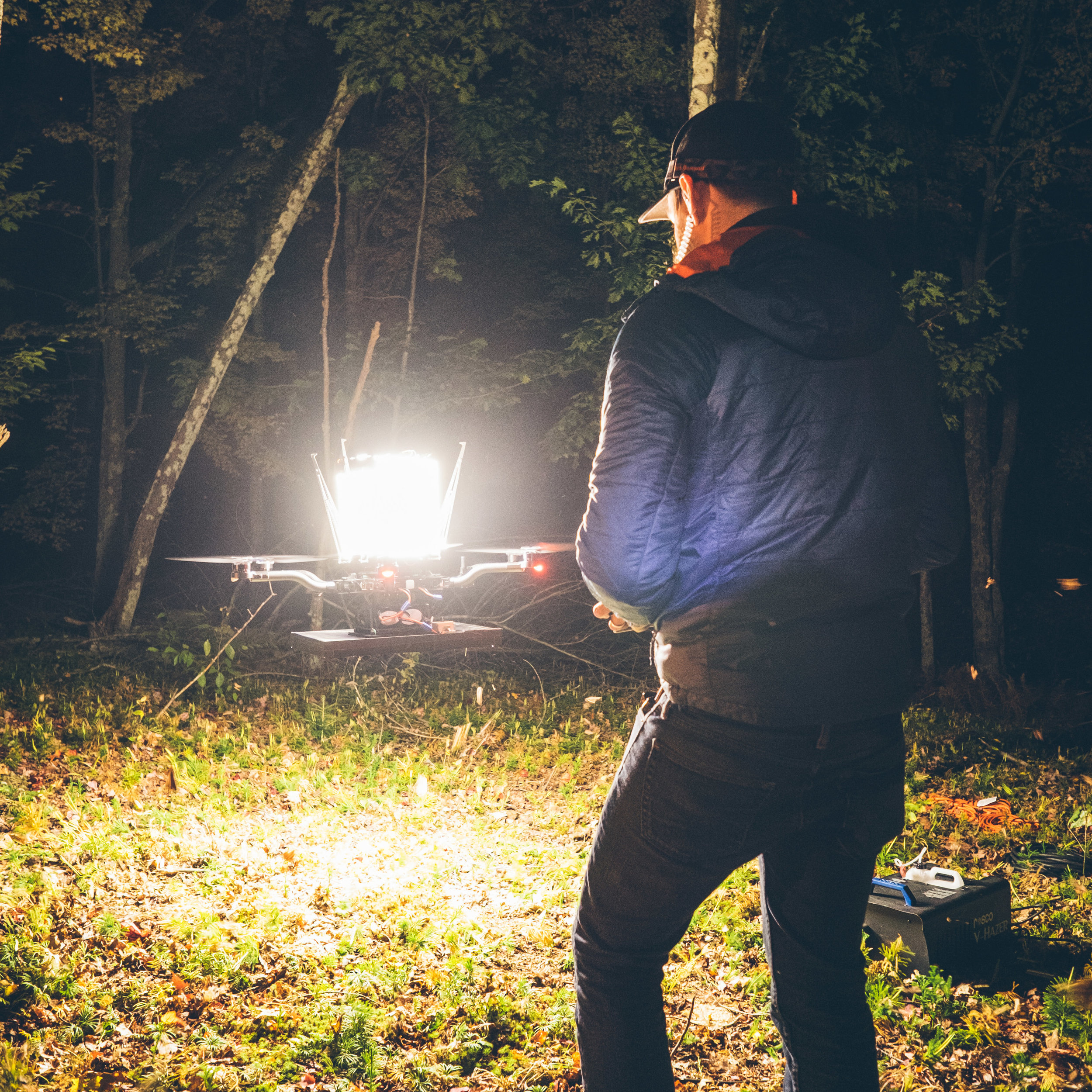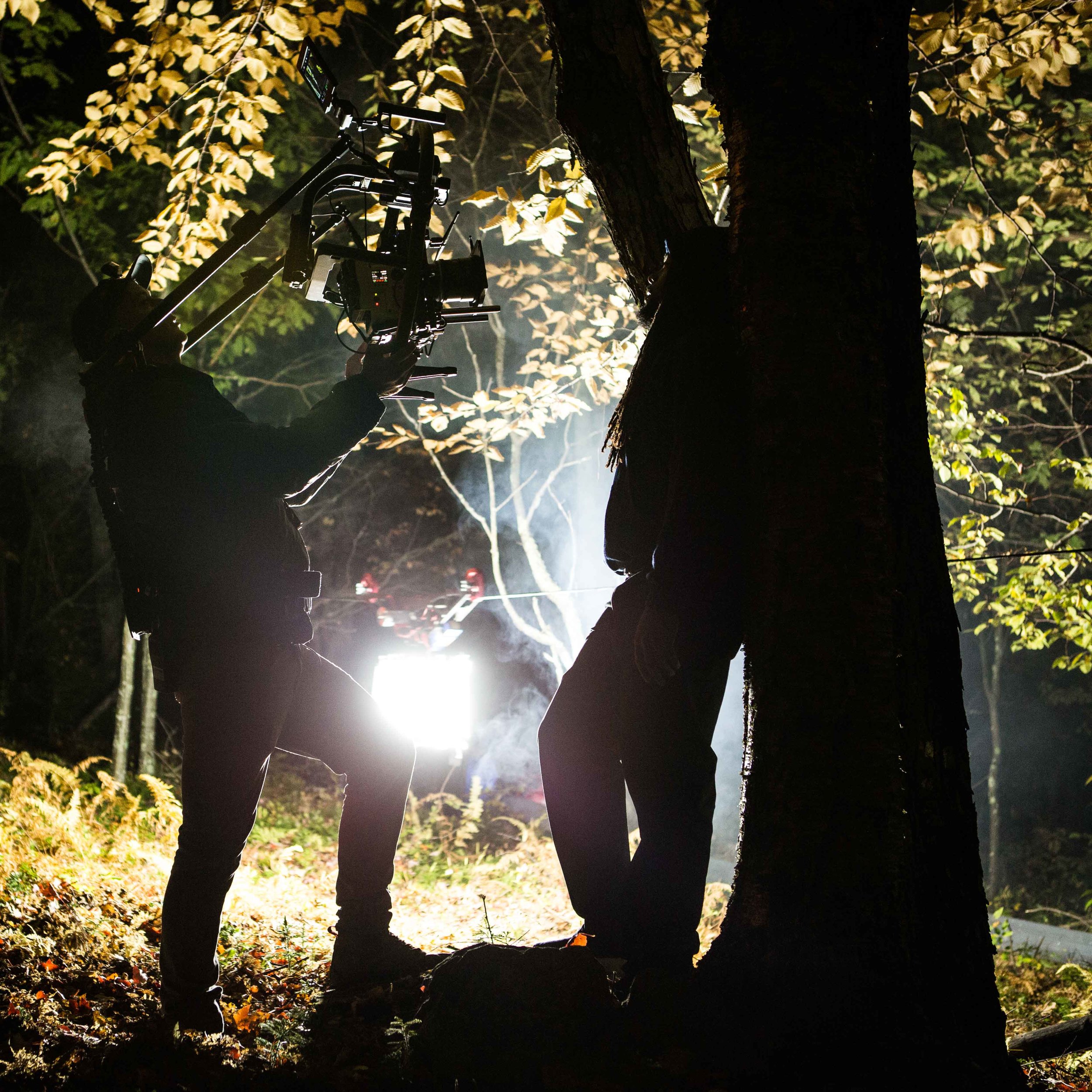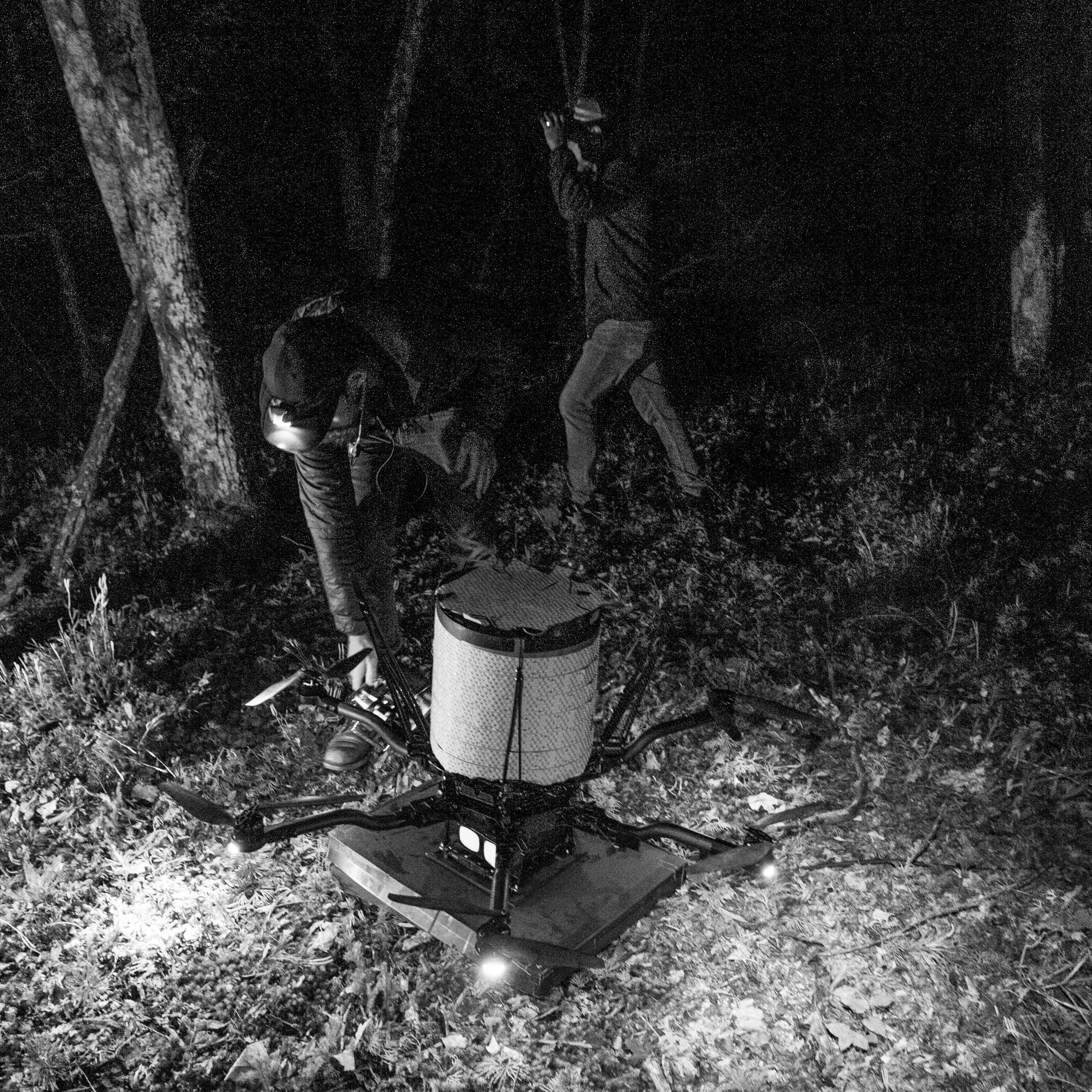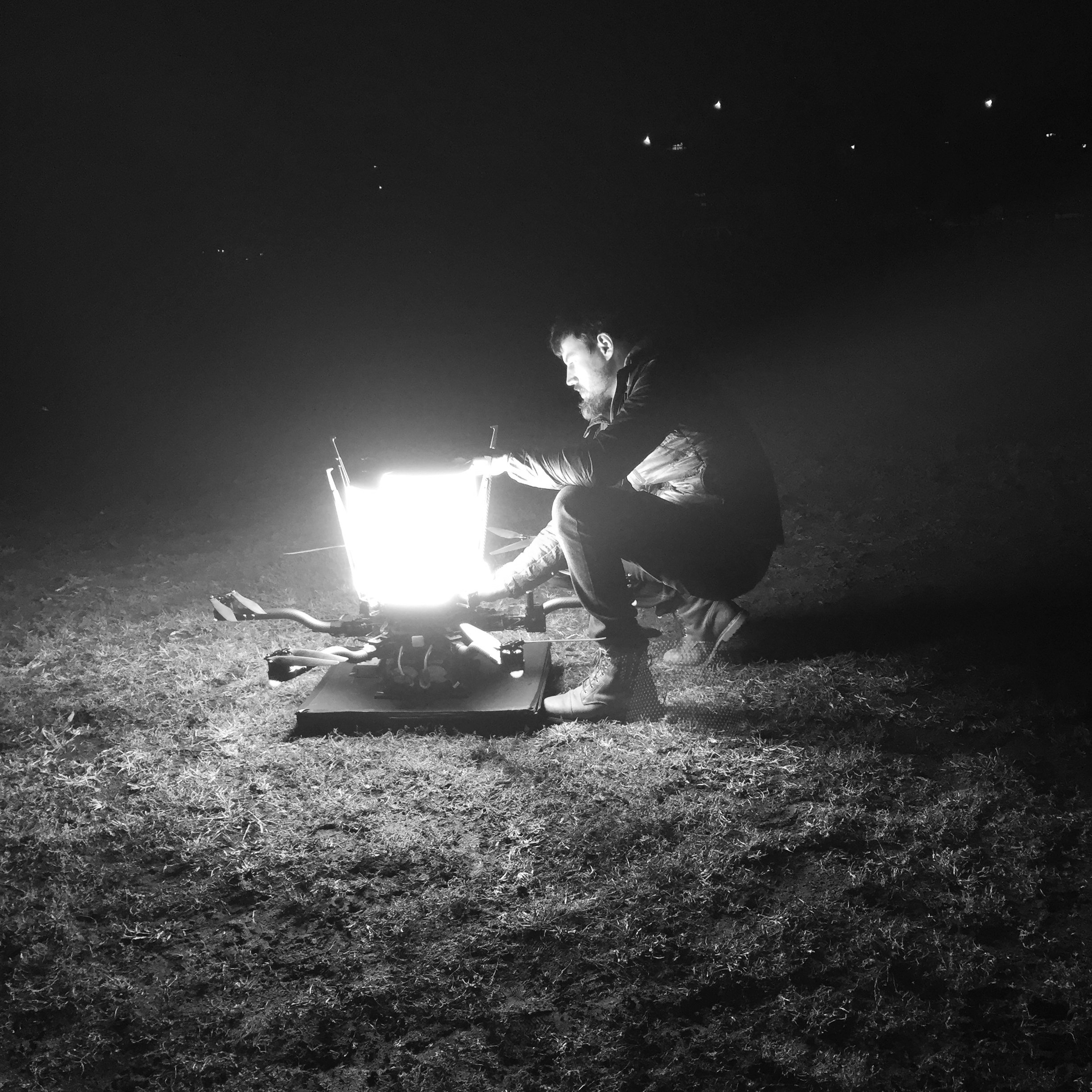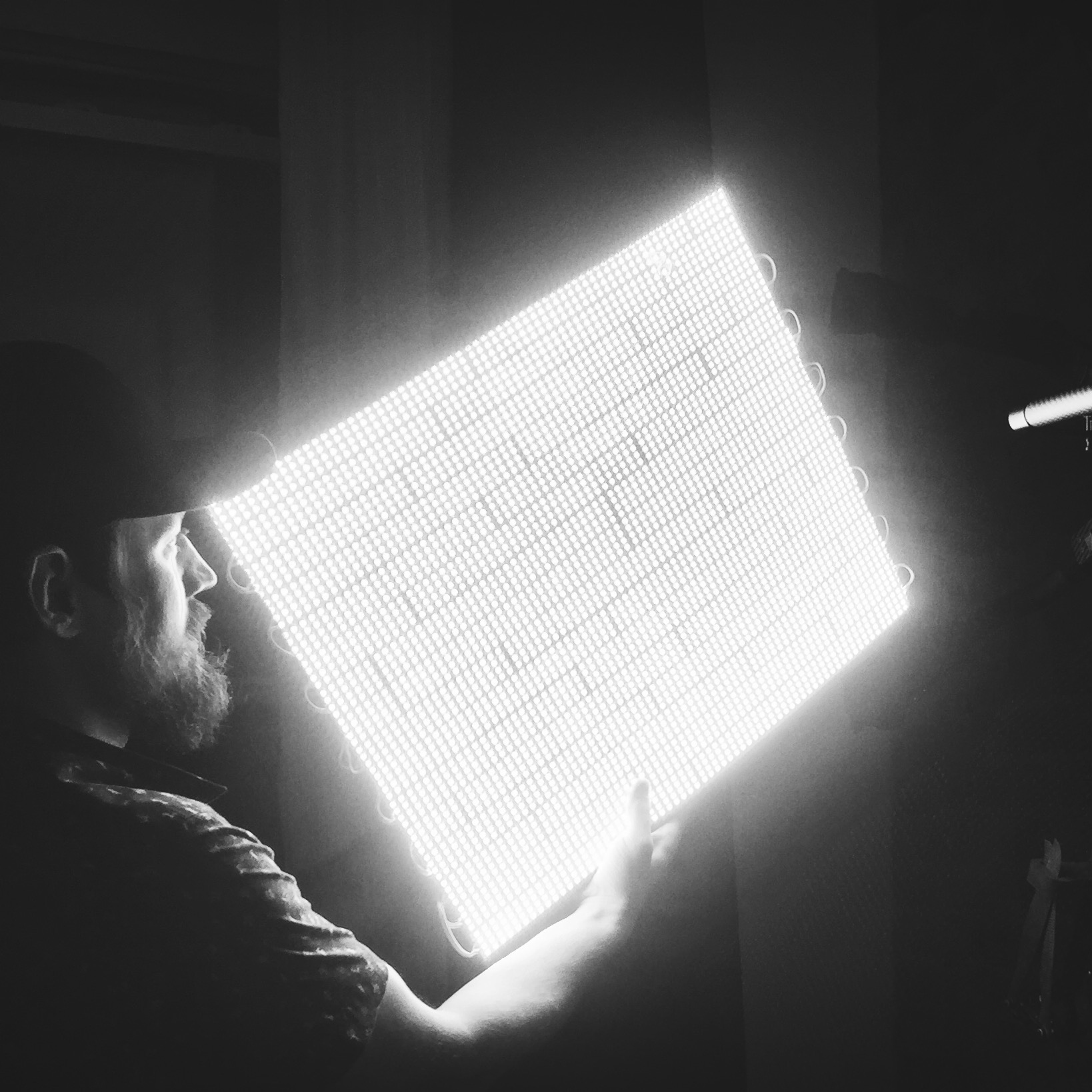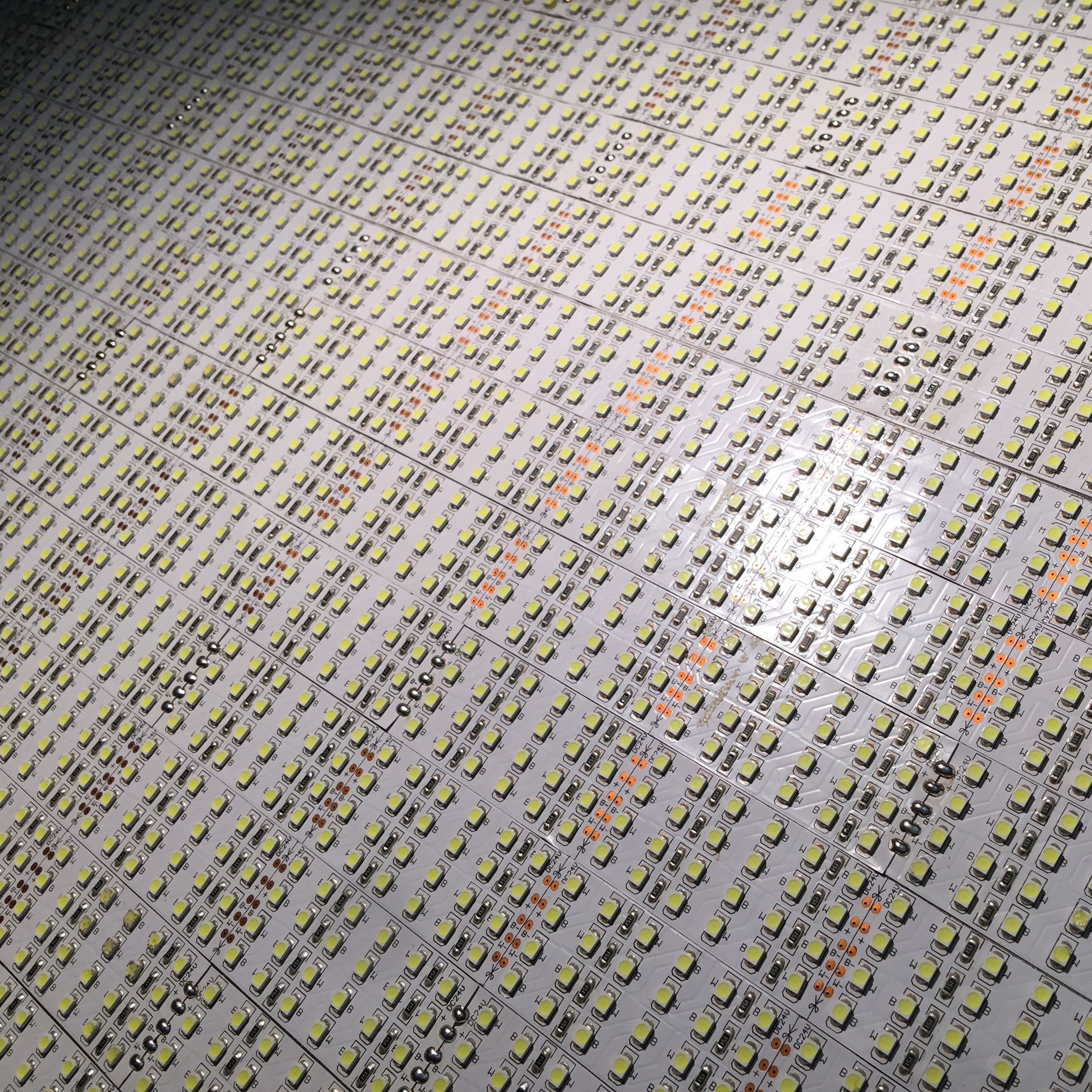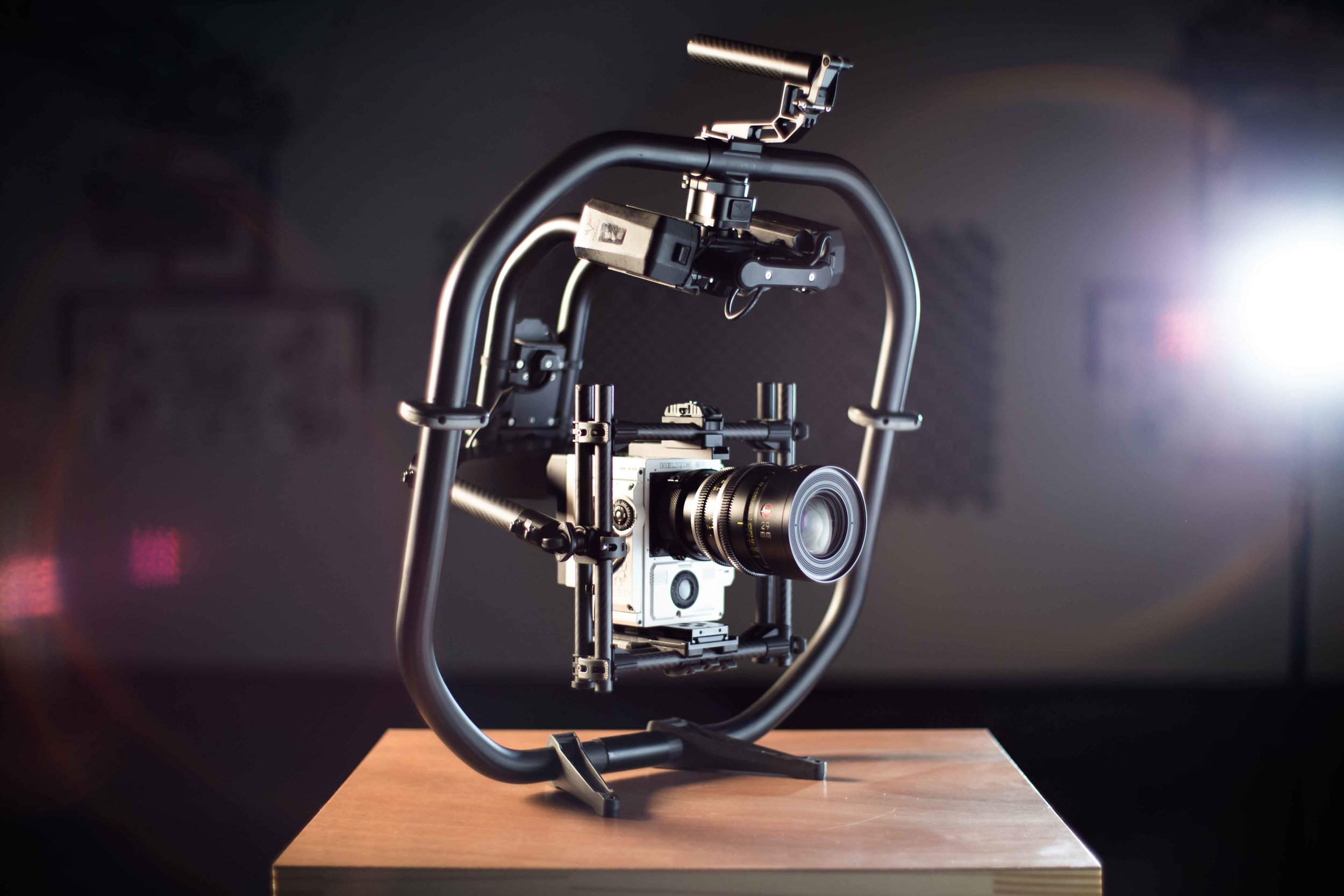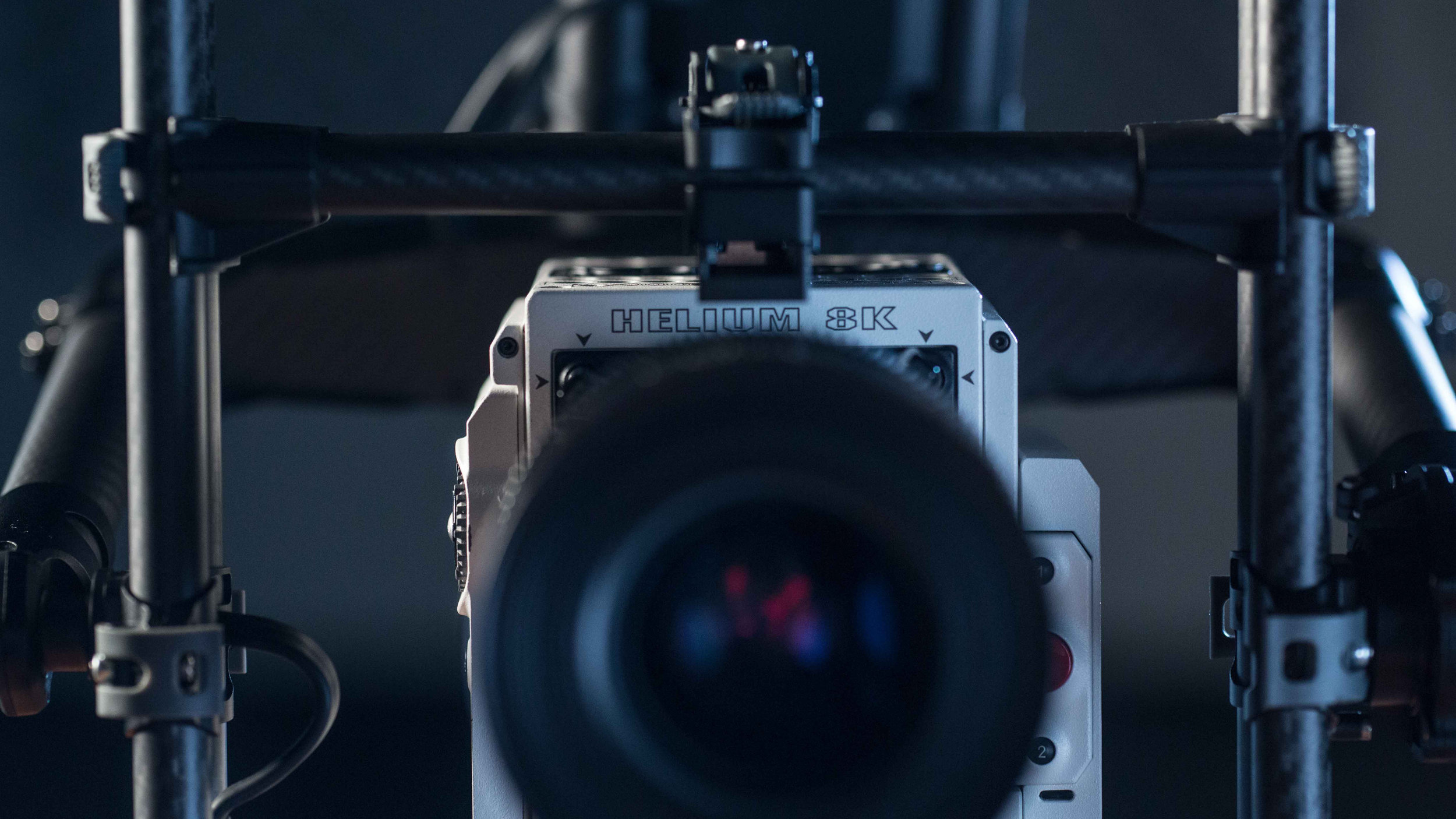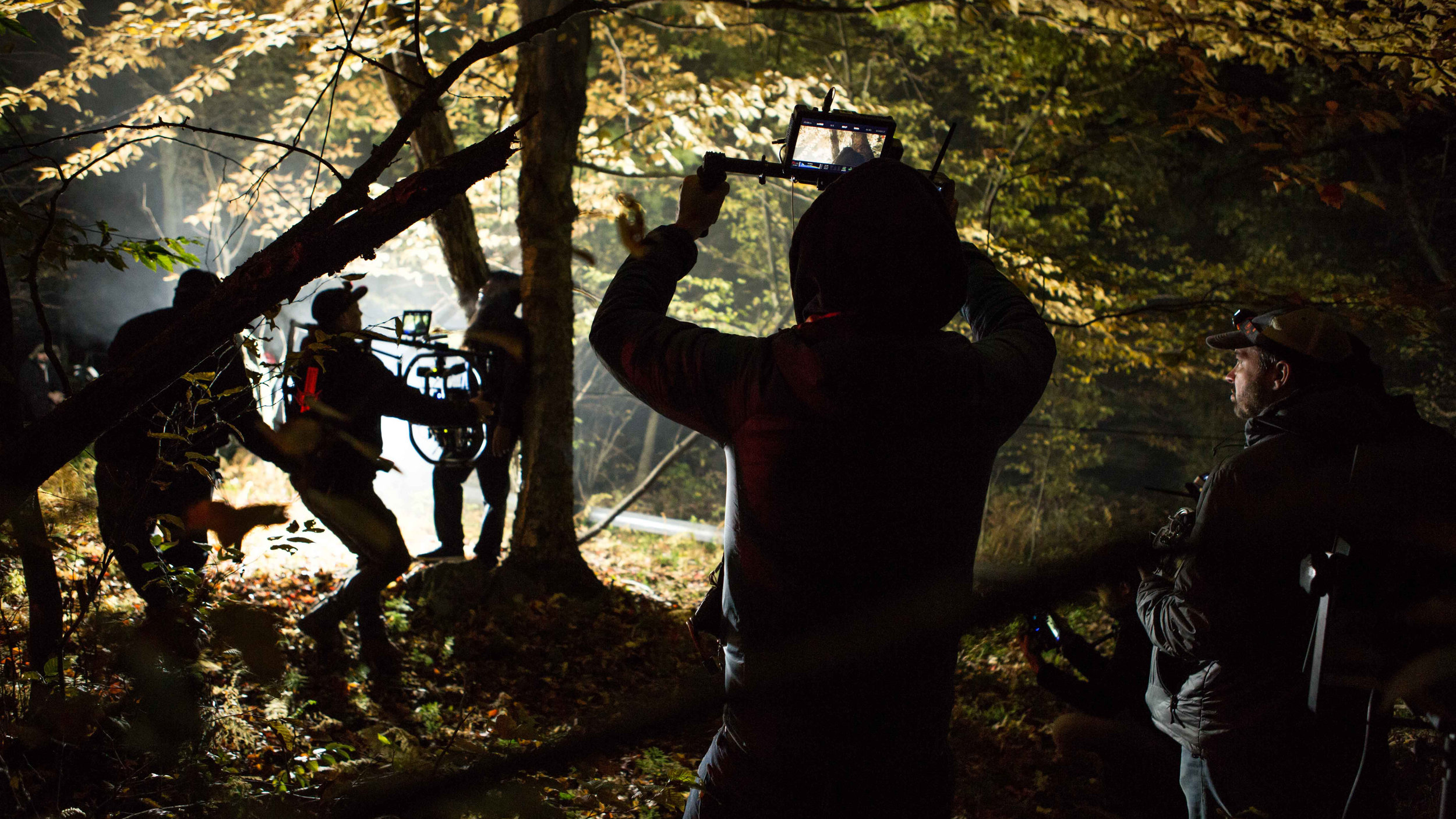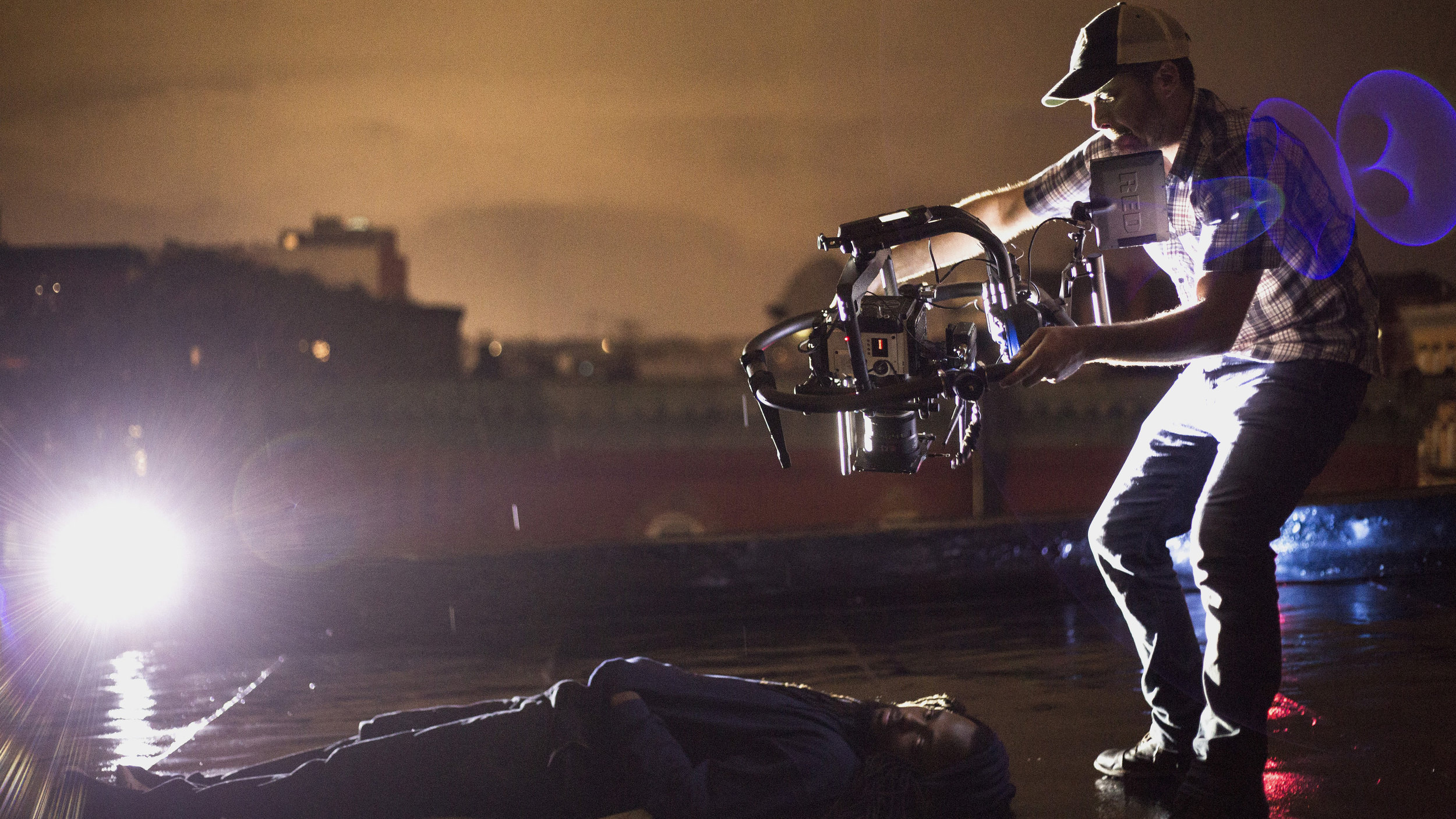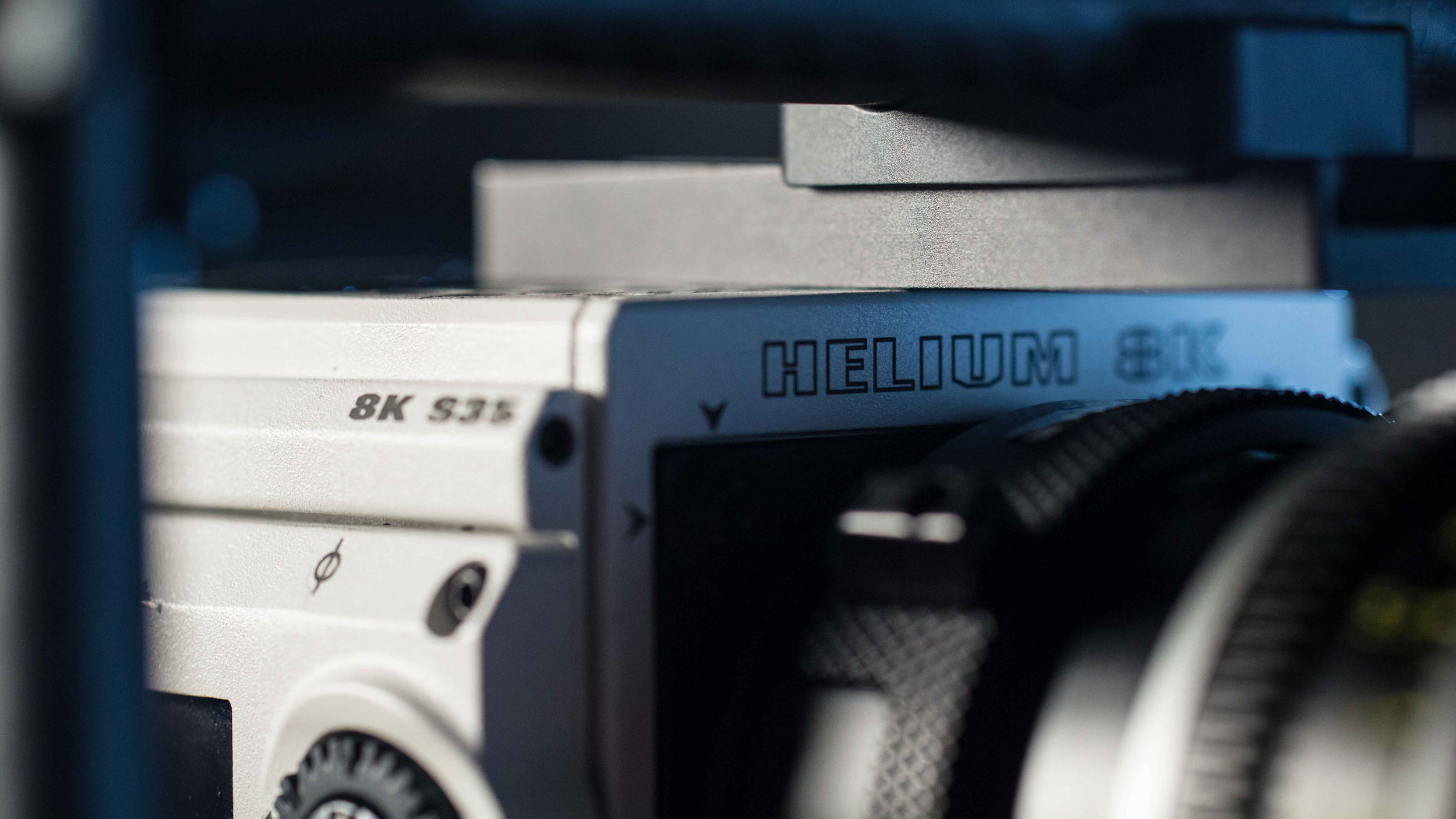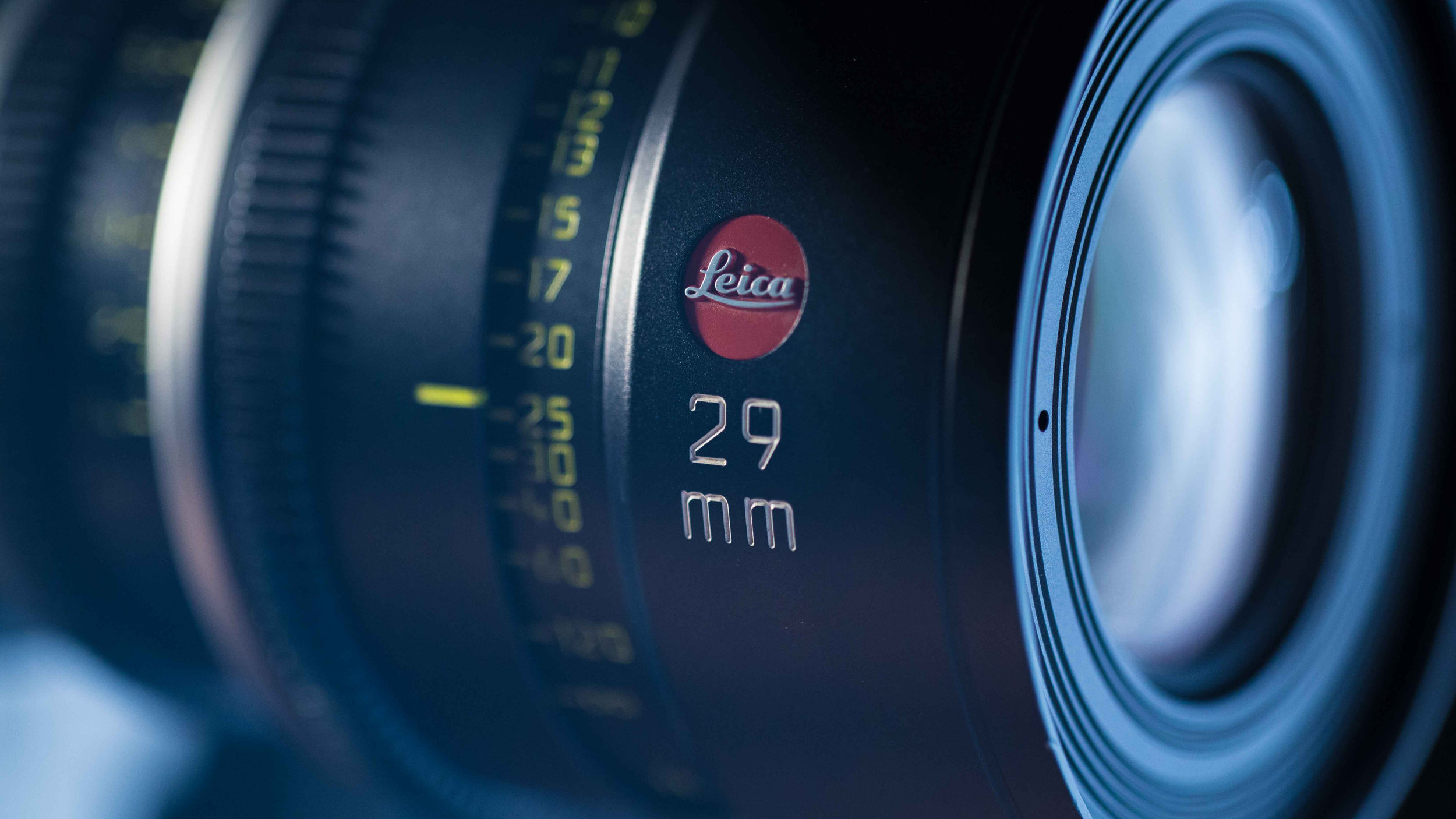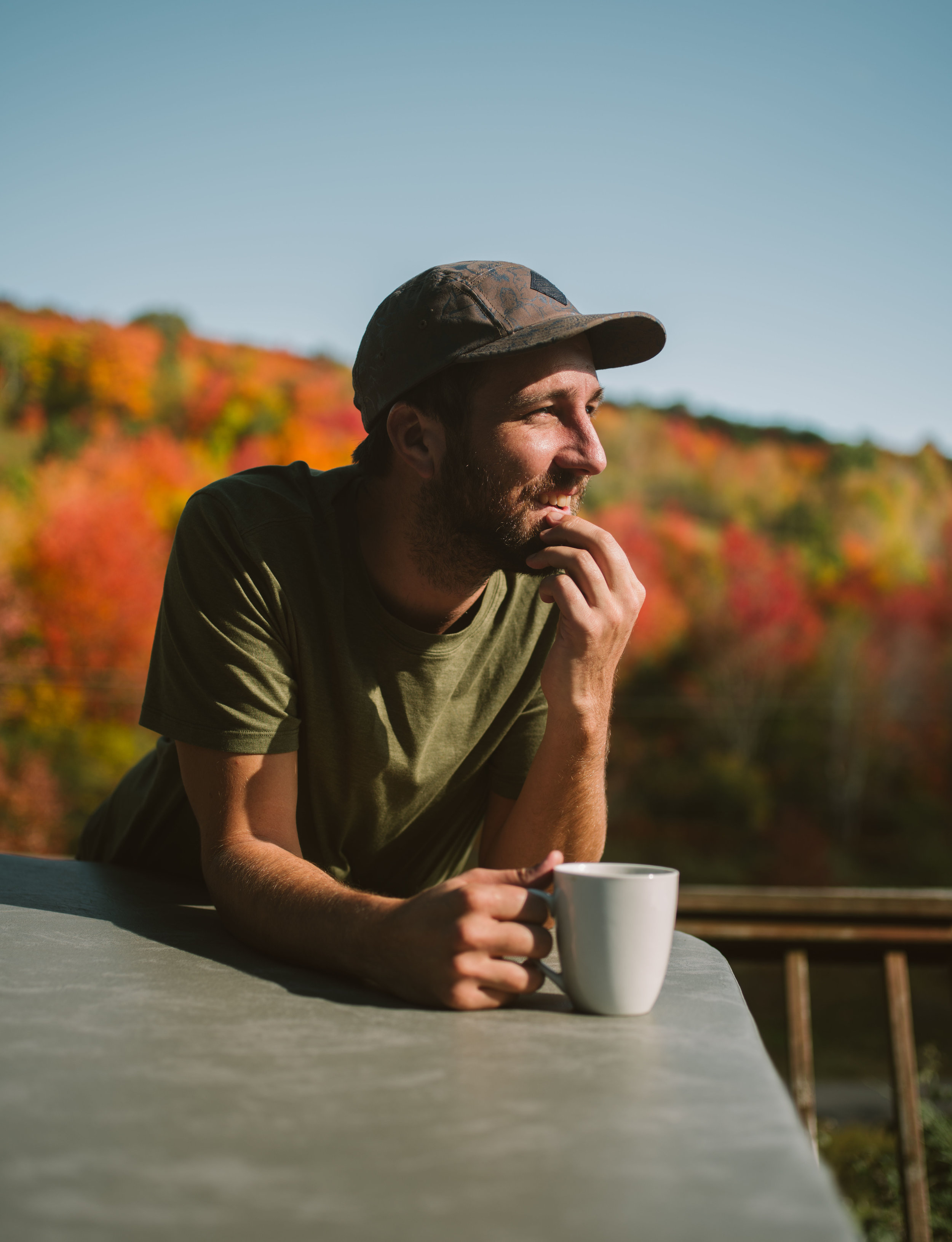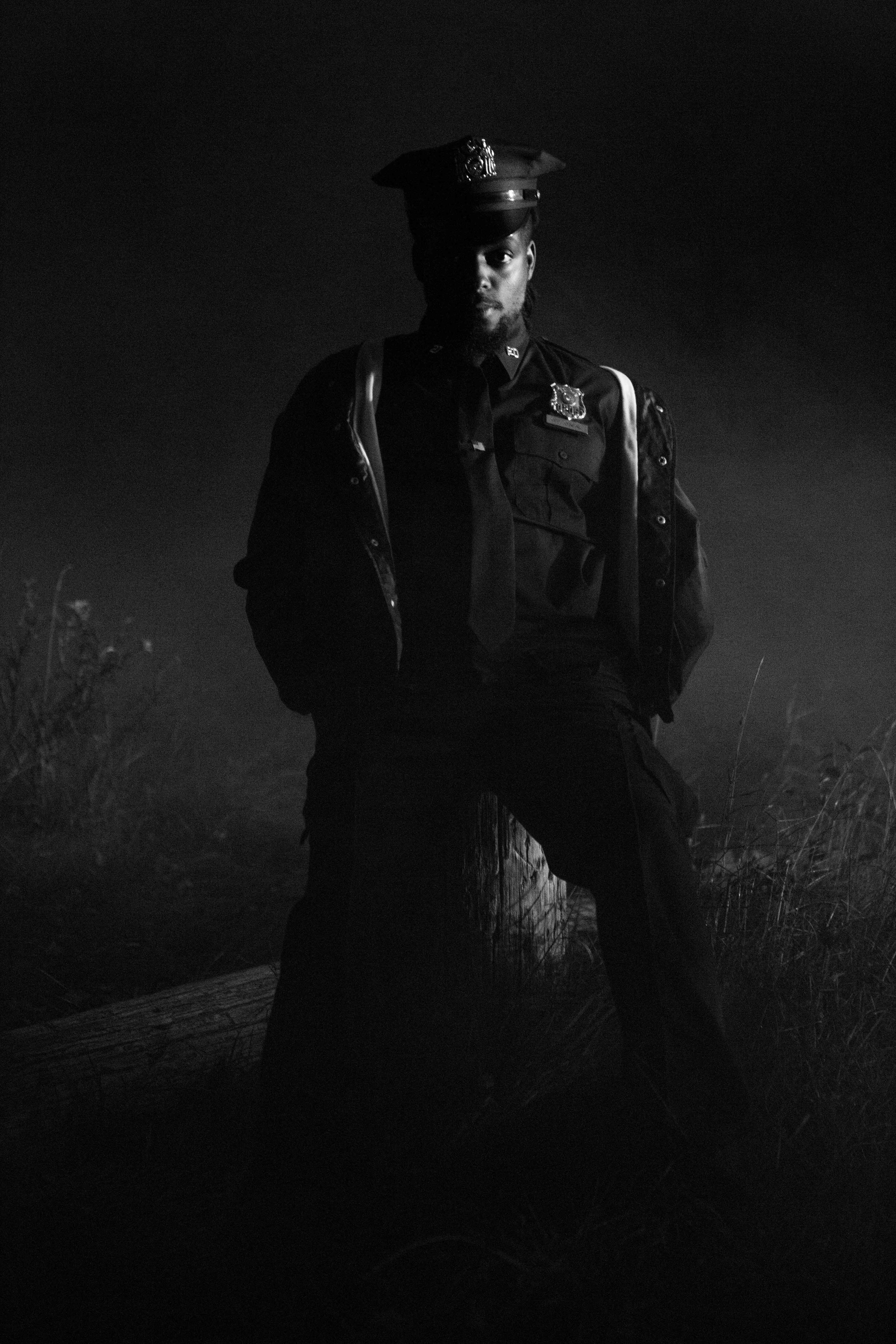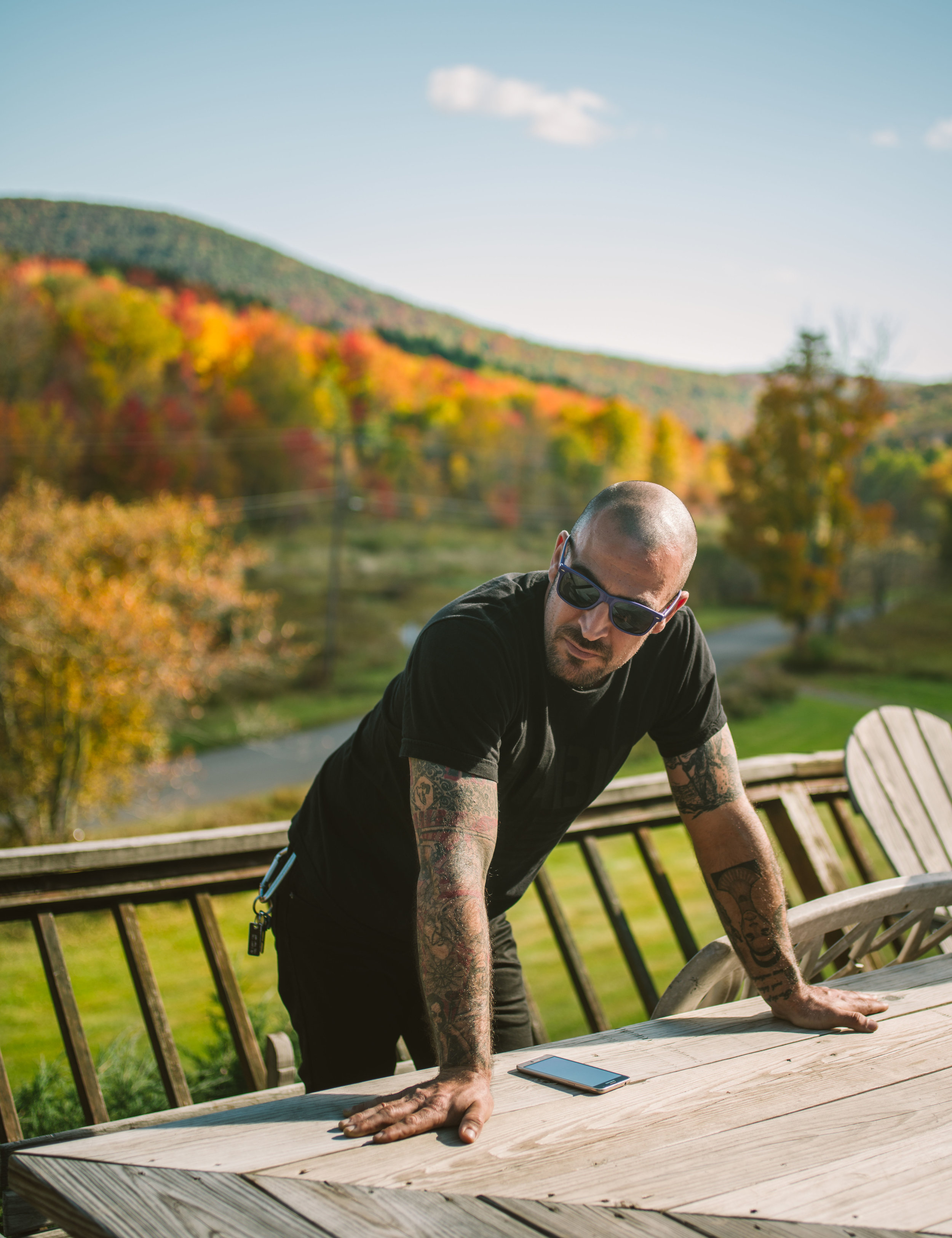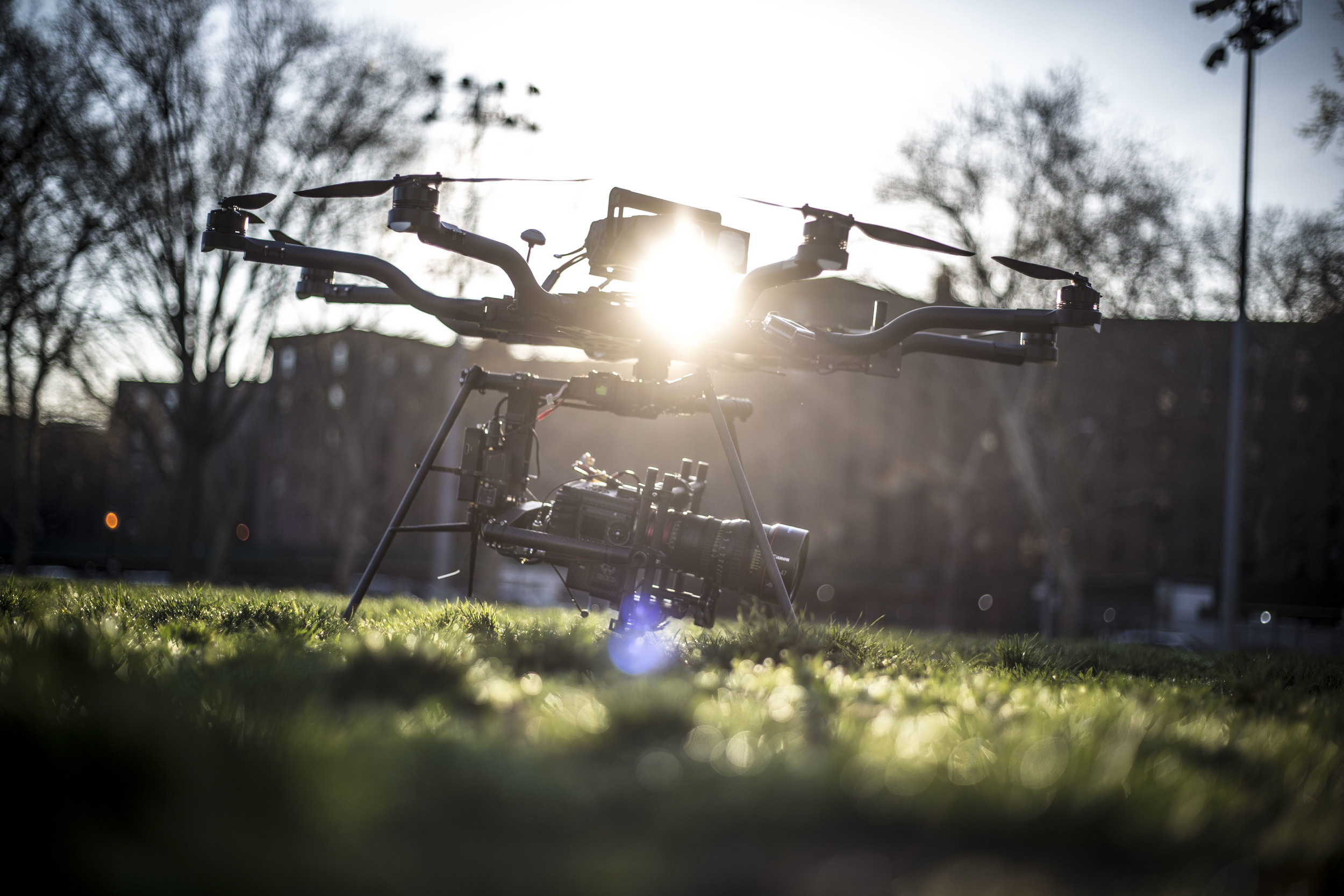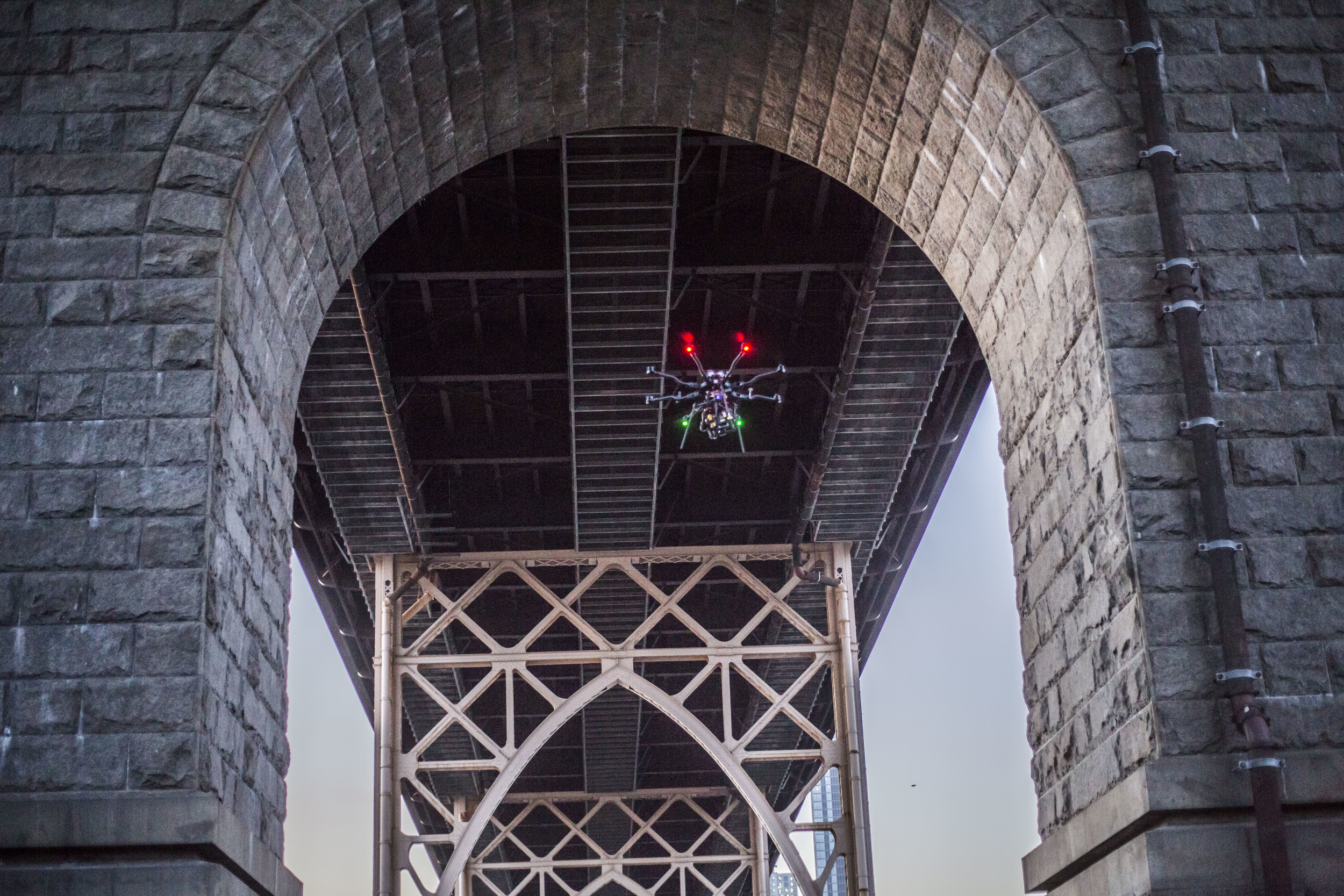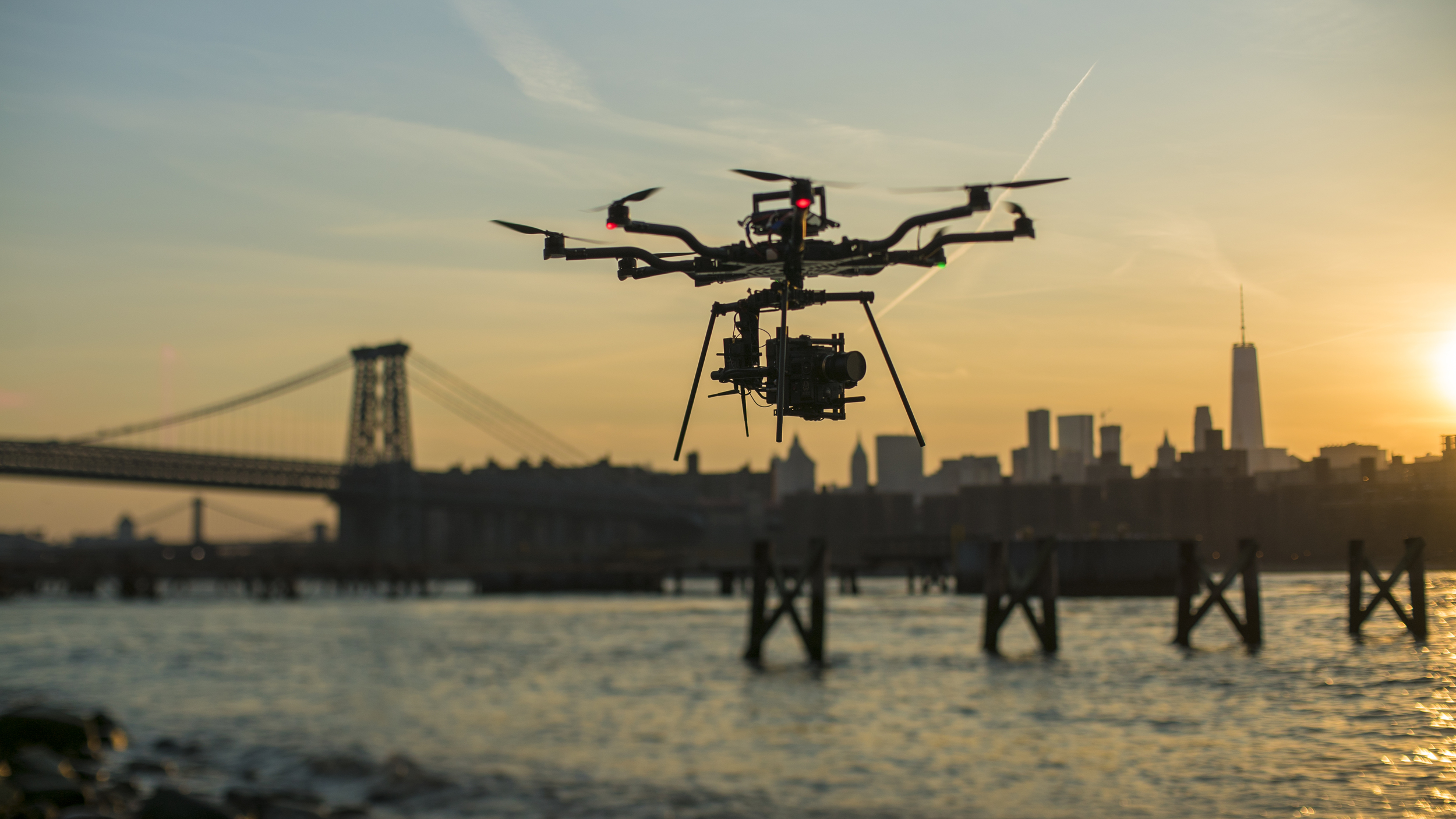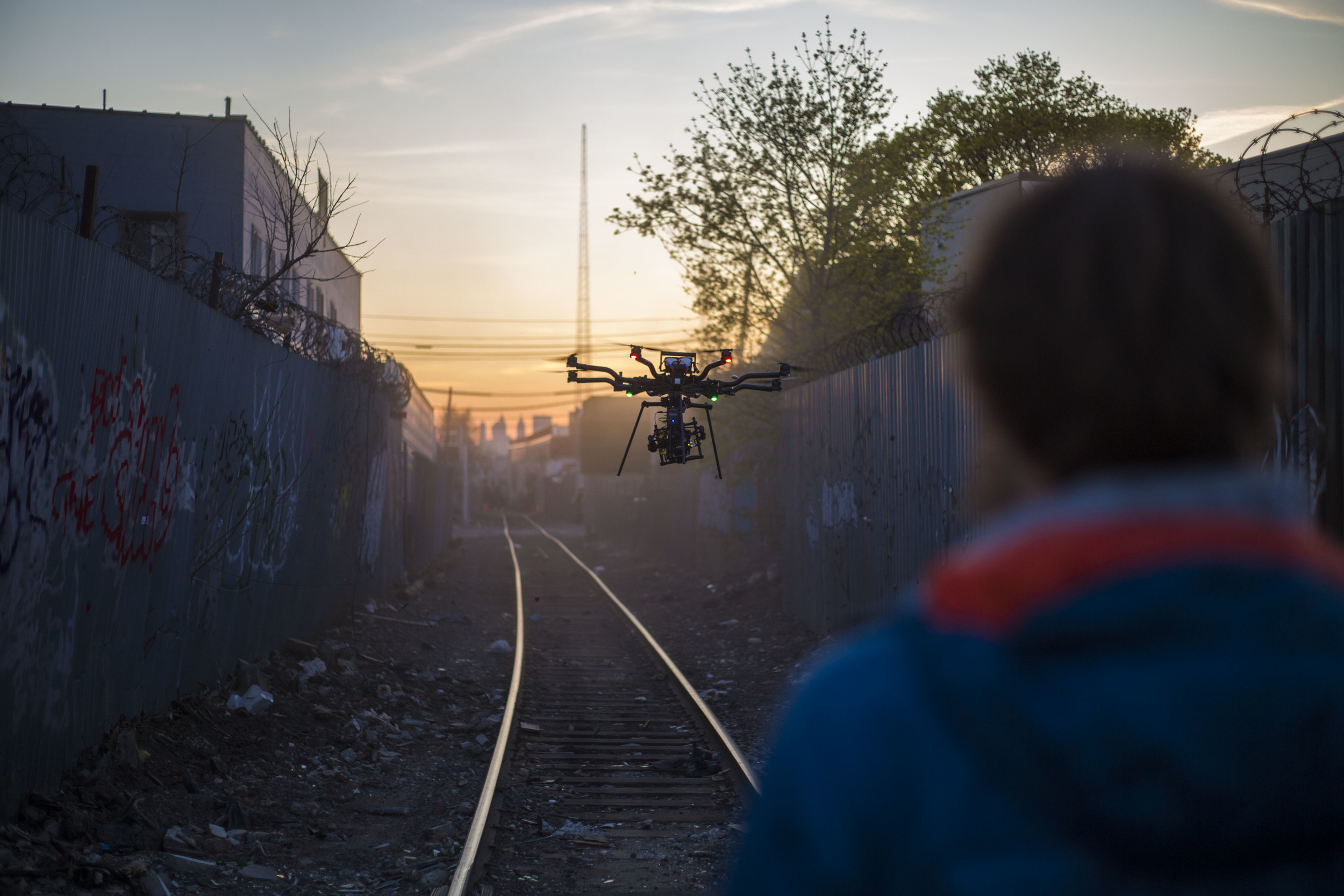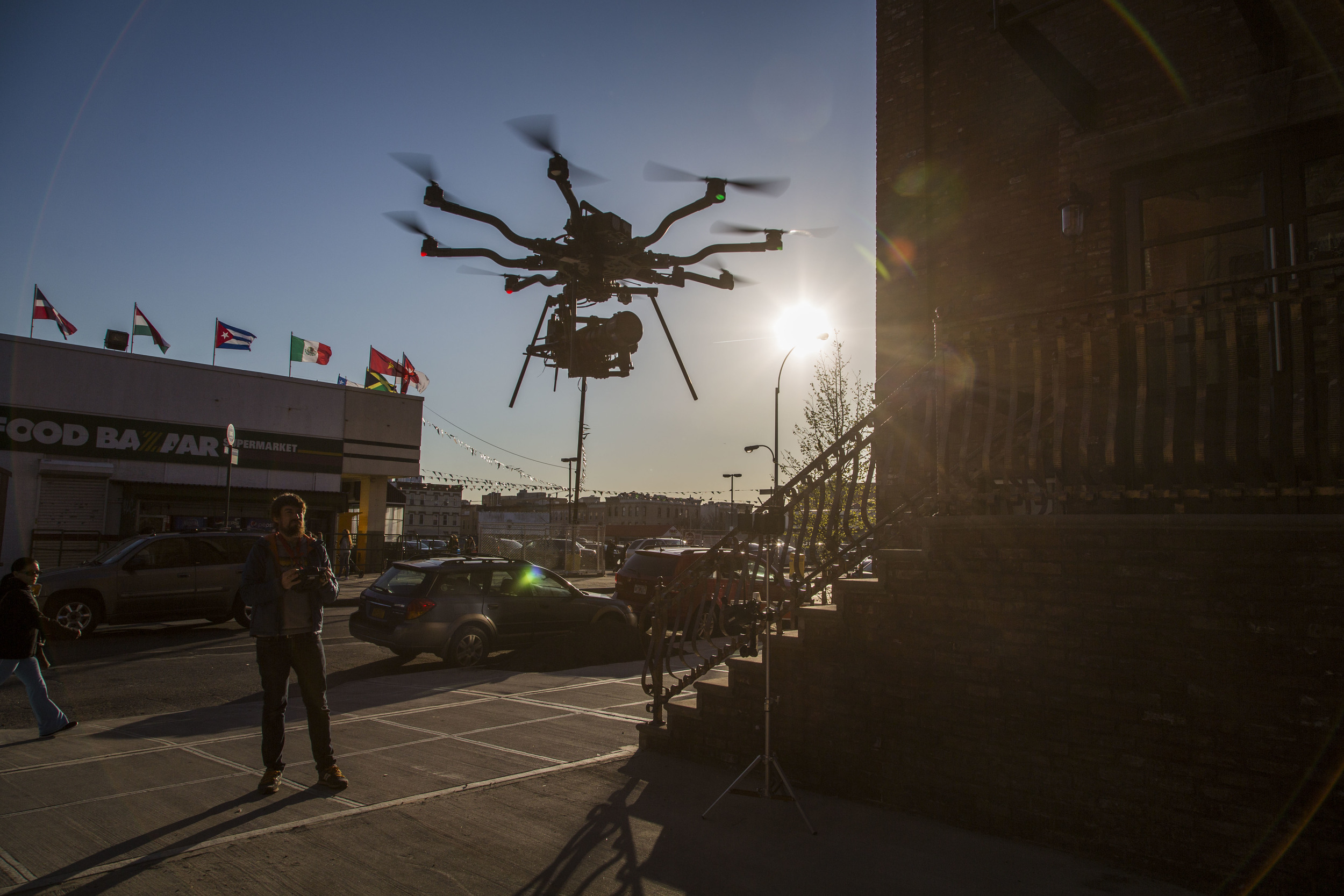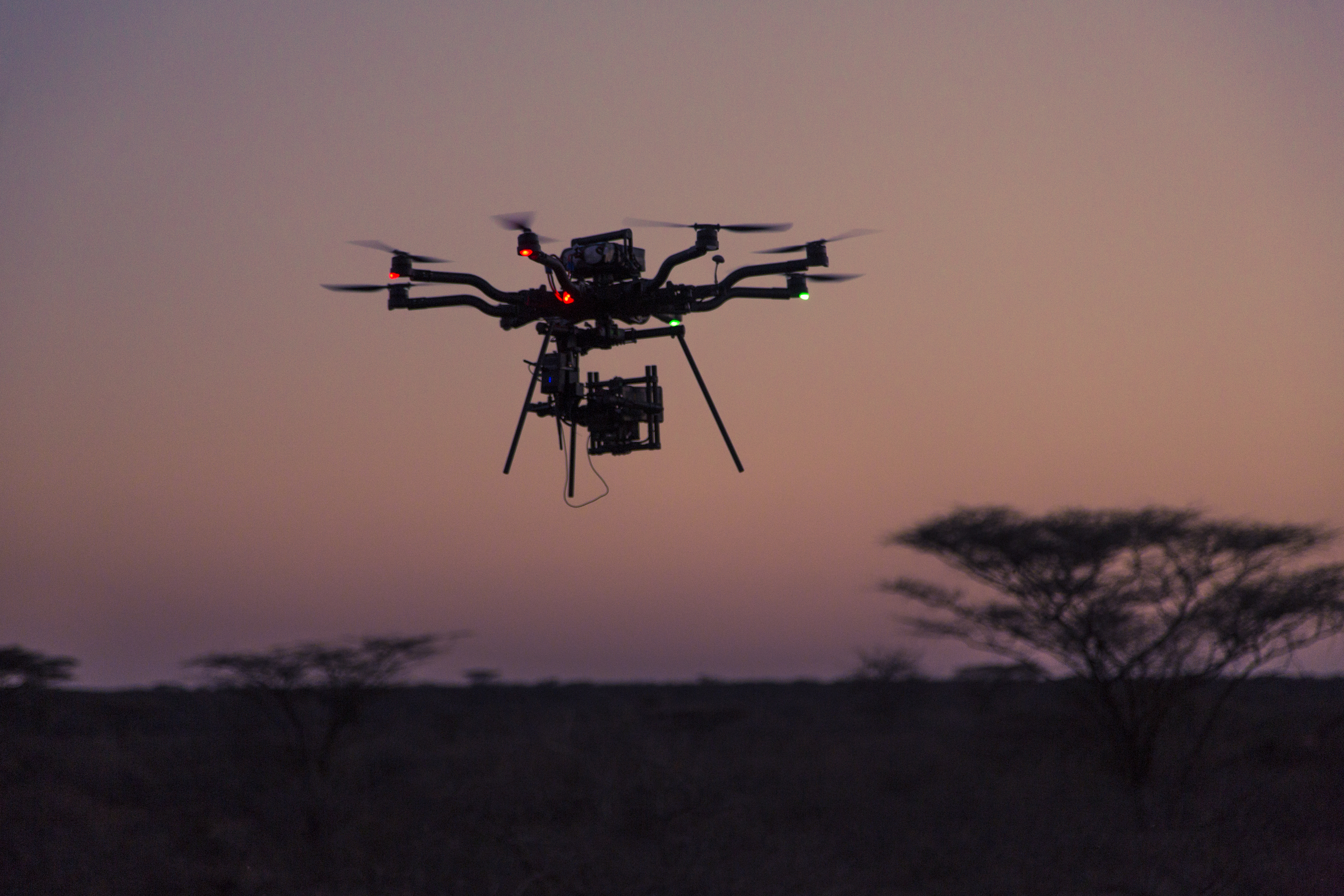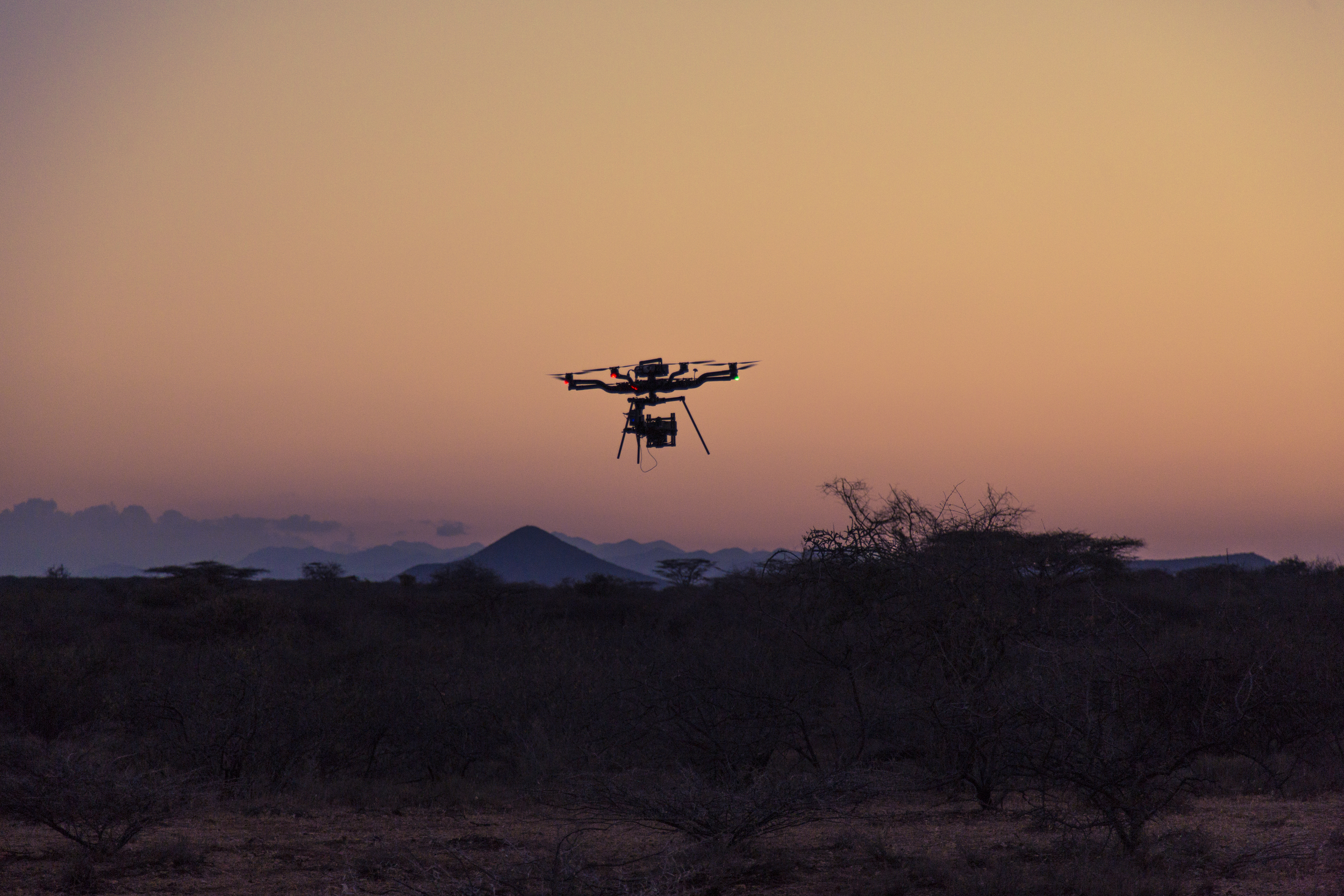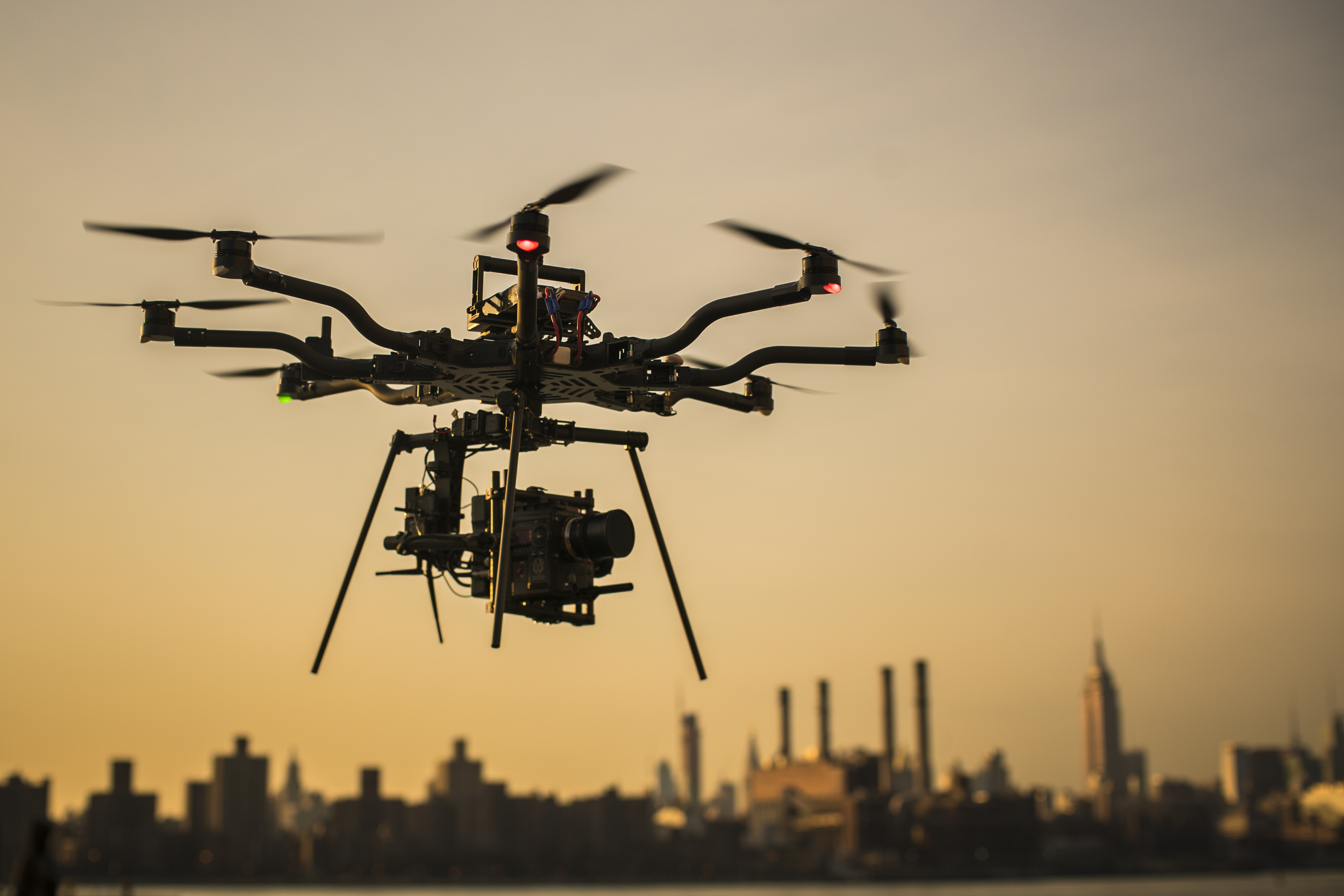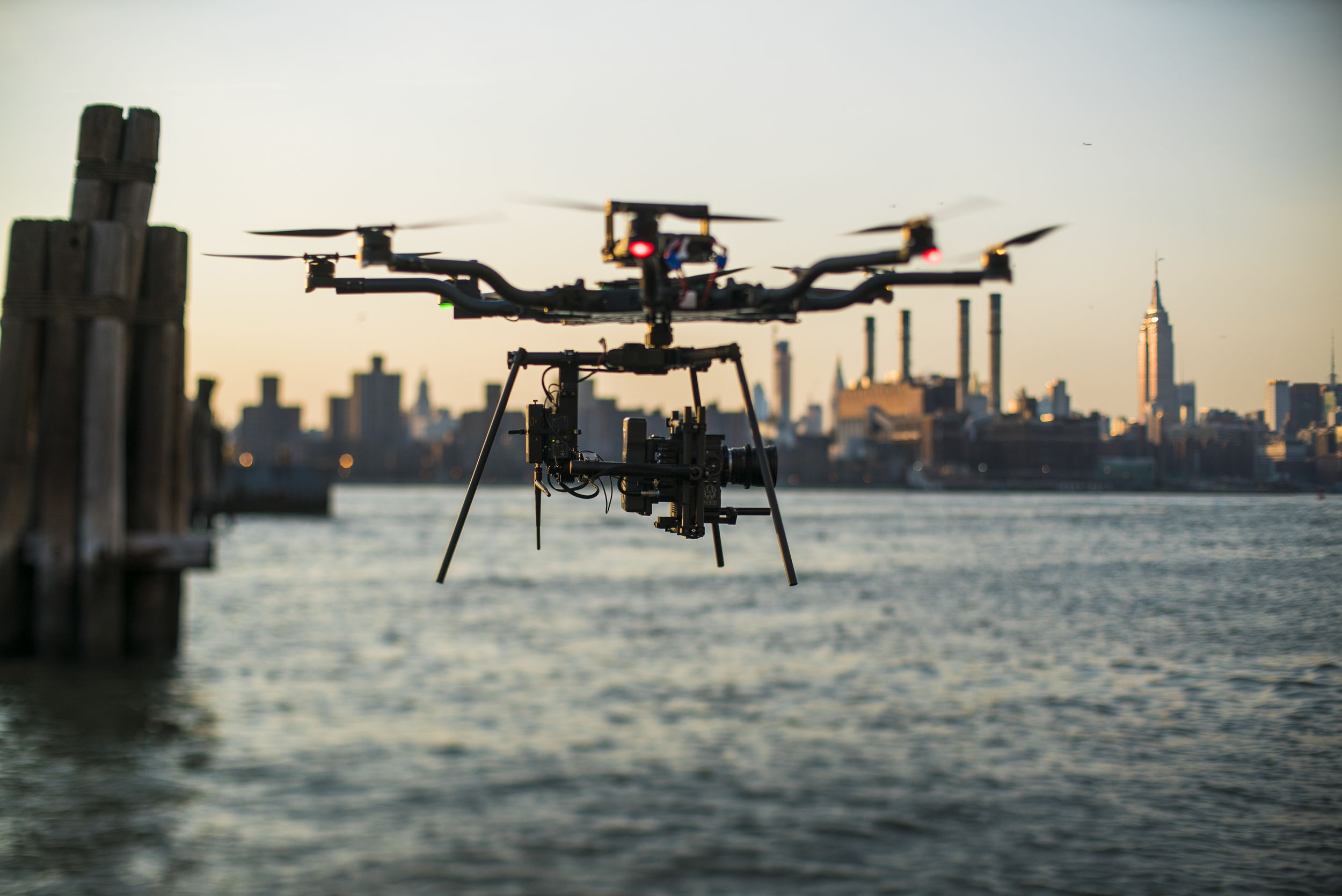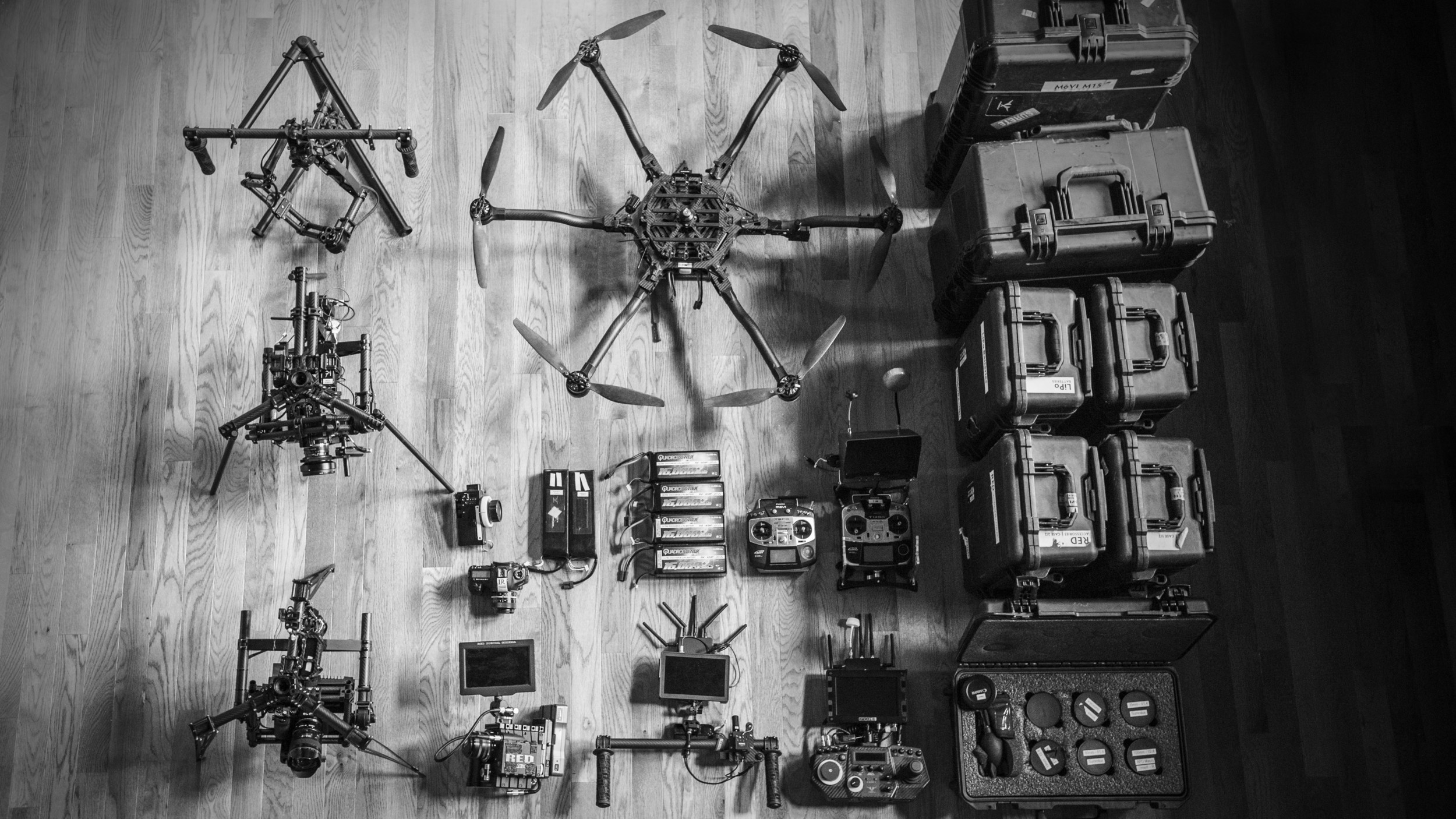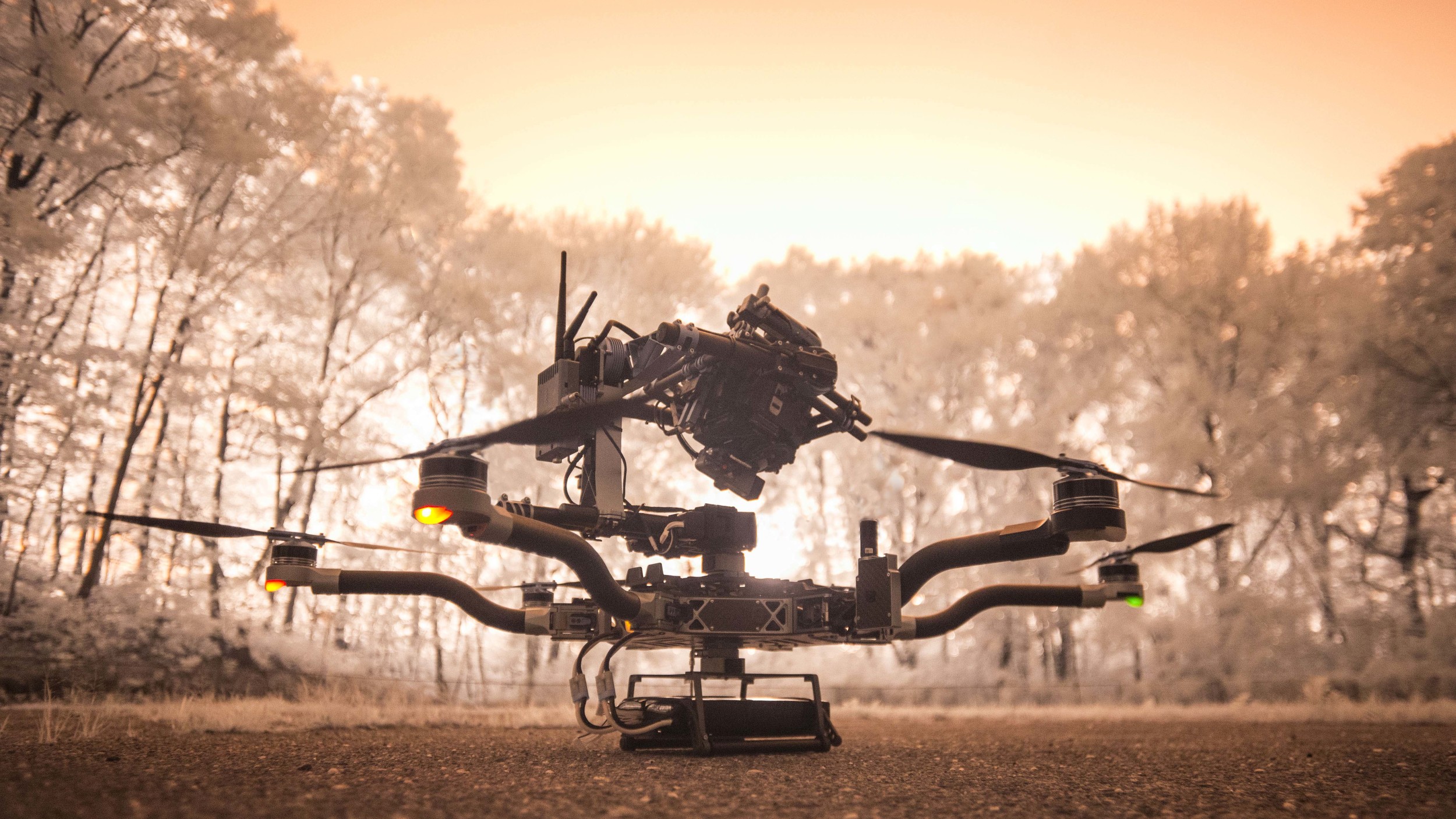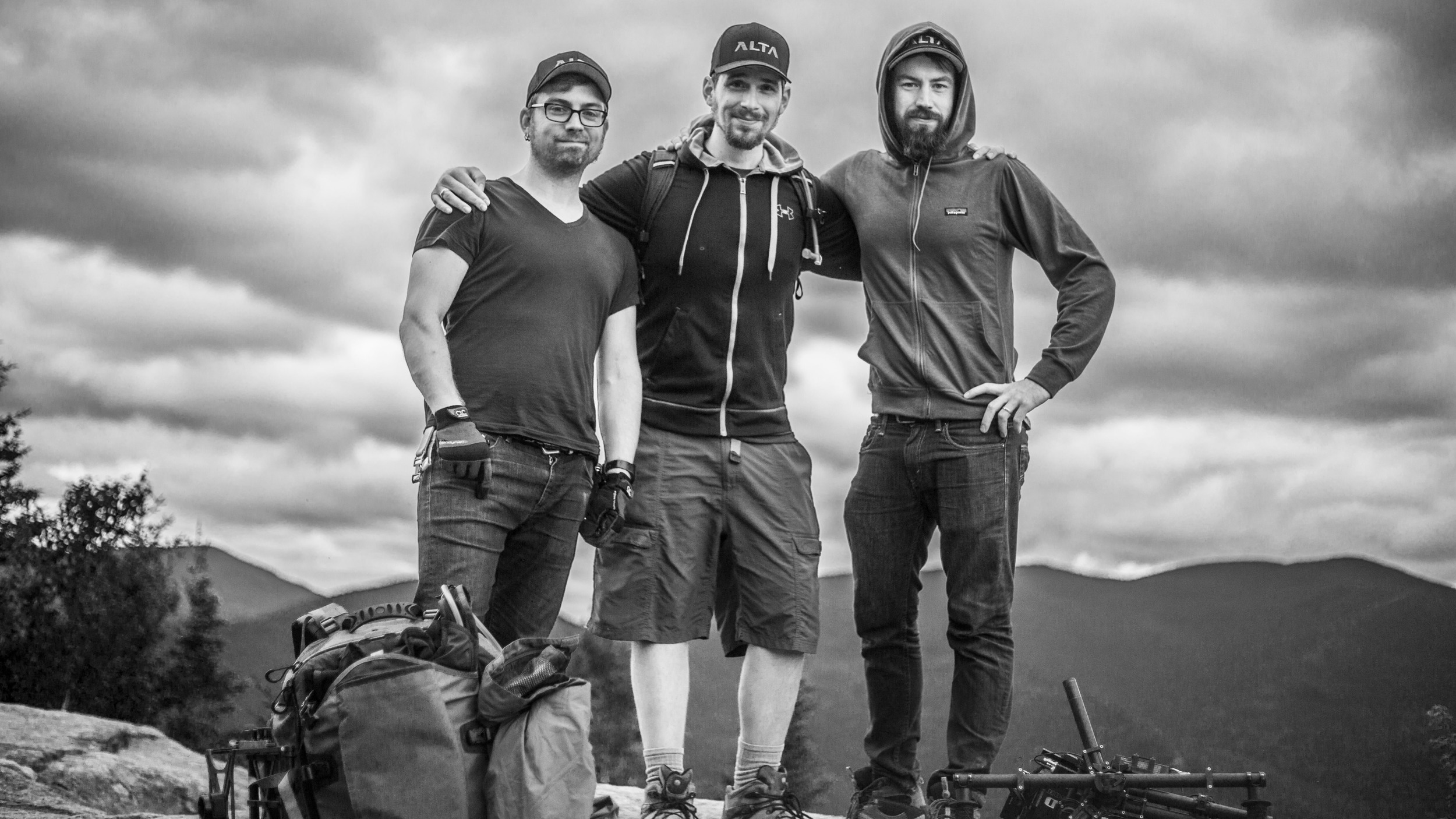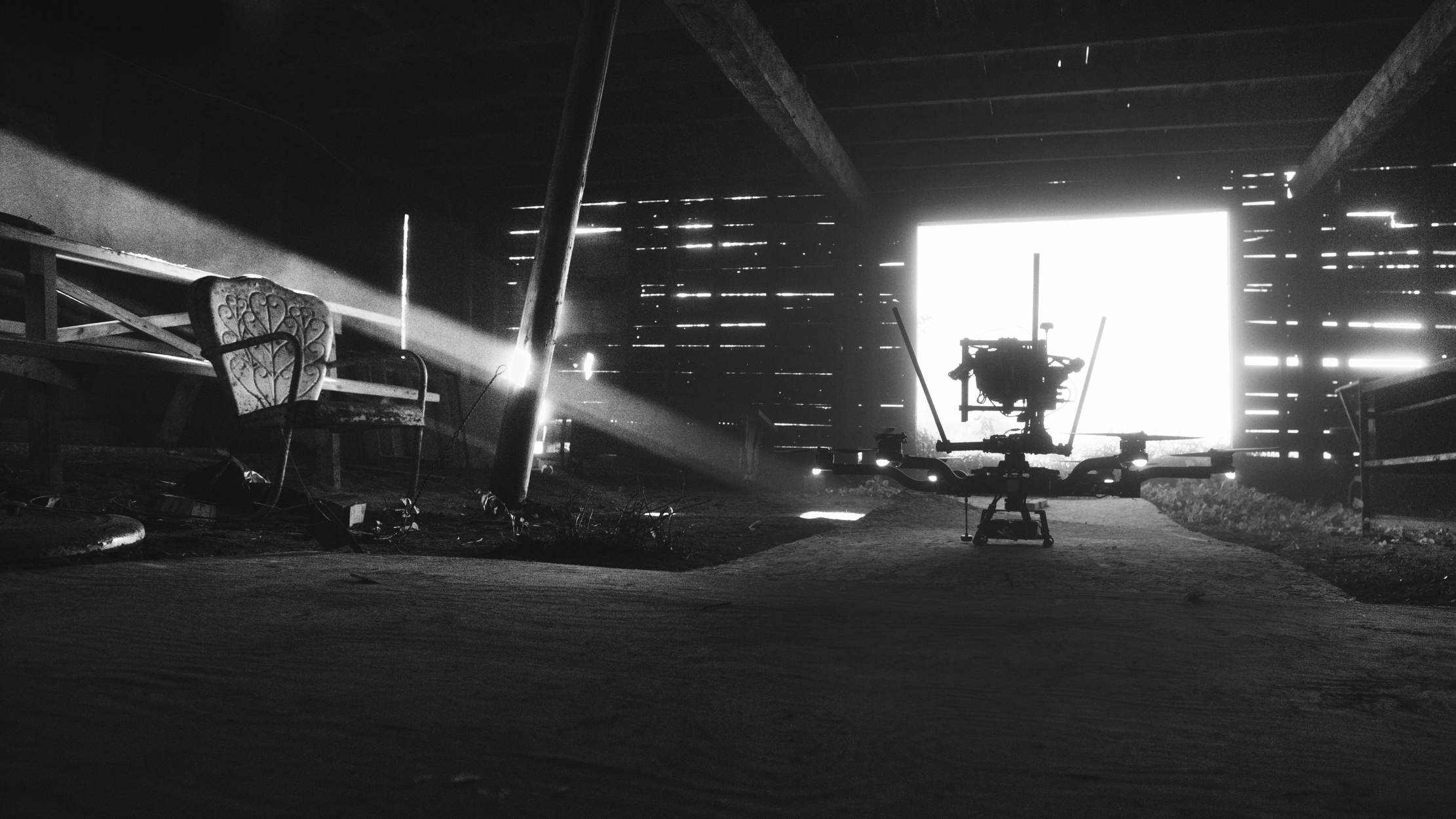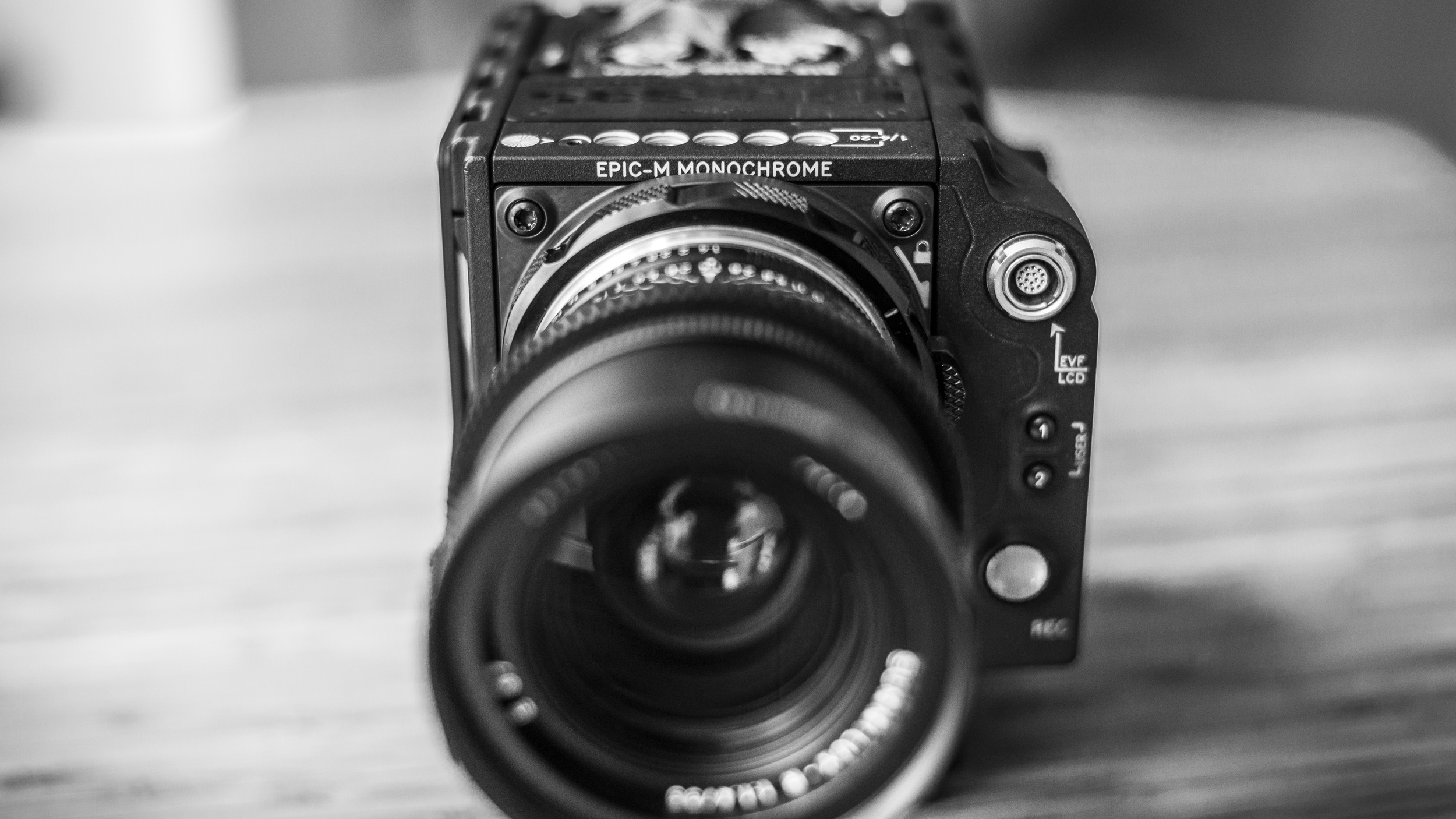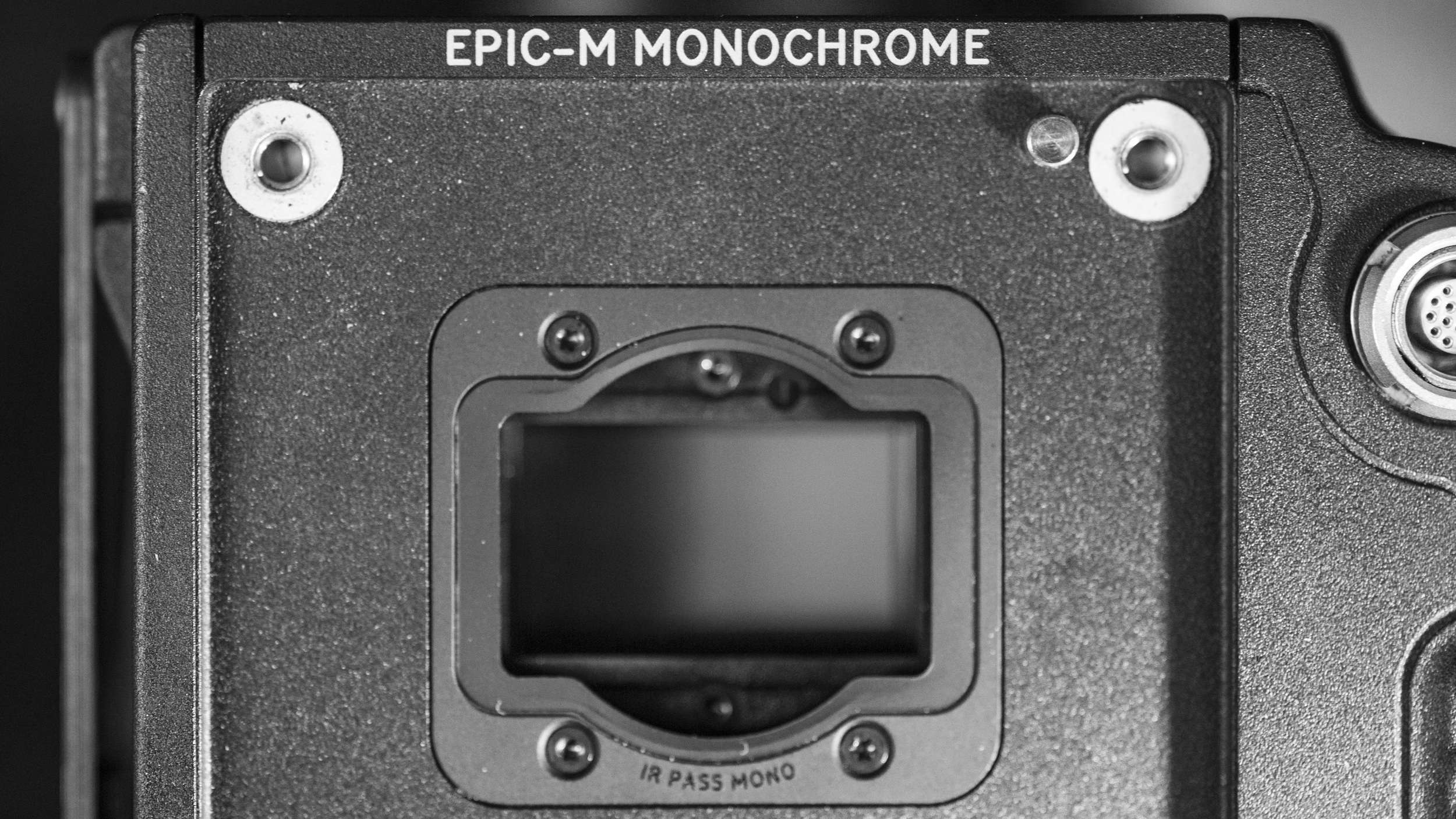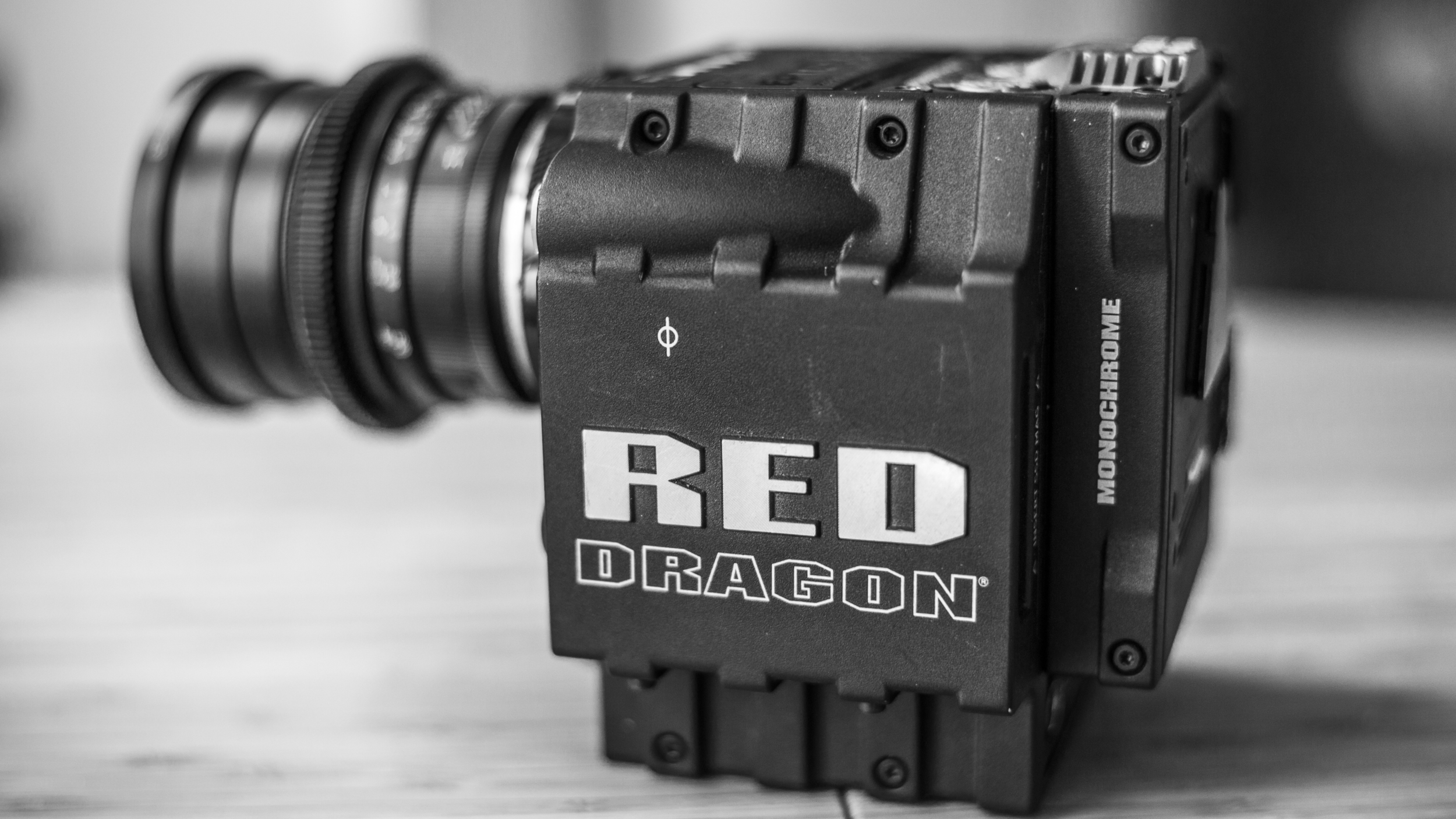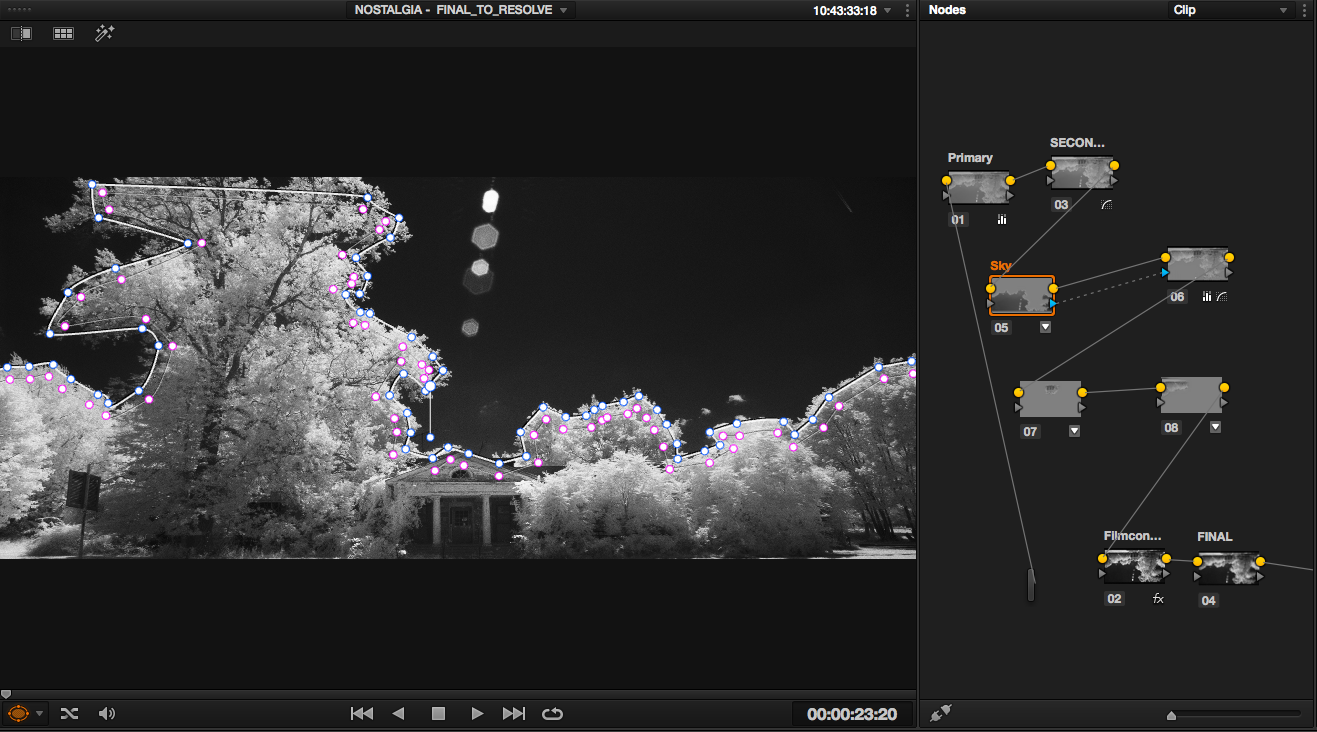'THE LIGHT' is the second creative short film collaboration between Tim Sessler and Brandon Bray. After our last collaboration on ‘BALANCE,’ we wanted to focus on a more narrative piece but really push the abstract while letting the visuals do most of the storytelling. While BALANCE explored aerial cinematography in a new and artistic way, 'THE LIGHT' is really about attempting to make light a character, and using it in a new and innovative way.
Over the past year we've seen an increase in interesting use of "drone lighting". People attaching remote flashes to small quadcopters or creating impressive work, like Reuben Wus landscape photography with a tiny 200W light.
The issue with most of these systems is that they are far from being usable for motion picture. Even our first test with small prototype lights resulted in pushing Sony's a7s II to extremely high ISOs, as high as 32,000. While the results of the drone light were absolutely stunning and created a bizarre effect that seemed to combine the moving shadows (that we otherwise only know from timelapse footage) and live action - we needed to create a much stronger light source to capture our vision with a proper cinema camera.
After multiple prototypes we finally arrived at our first light that got us into a realm of usable exposure. Using 60 feet of high powered 2835-480 LED light strips - giving both a 360 degree spread as well as a separate top down light, we had our first working drone light with about an 80,000 lumen output.
We based the whole lighting design around the Freefly "Toad in the Hole" quick release system, which allowed us to change from drone to handheld or even cable cam within seconds.
Also as the LED strips are rated for 24V, we are able to run them straight off of 6S LiPo flight packs, which further streamlines the whole setup.
MoVI Pro and RED Helium 8K
We probably have one of the brightest lights that has ever been flown on a mutlicopter - but because we weren't using a focused light source (like a spot light or larger LEDs with lenses to narrow down the spread) we were still fighting exposure issues for our wide shots that the RED 6K Weapon or Alexa Mini could not handle.
Coincidentally, our timeline lined up with the release of the RED Helium, which provides a magnificent and clean 8K image - even at ISO 3,200. As a result, we ended up shooting almost every shot on exactly that ISO and wide open on the Leica Summilux-C lenses.
On top of that we were fortunate enough to shoot this entire project with a prototype of the new Freefly MoVI Pro and the new Freefly Mimic. The MoVI Pro is an absolute game changer in the world of gimbals as it provides a pan motor with double the torque of Freeflys M15 (one of the big weak spots in a lot of gimbals below $20K). It also combines important elements like camera and accessory power, FIZ and full camera control all in one unit, making the whole setup a lot easier, sleeker and more simplified.
I wrote about the Freefly Mimic last year when it was first released - and lately it has been my go to tool for nearly every shoot. I've done abstract commercial work with it, TV specials and even recently used it for the first time on a drone shoot for a flying POV scene.
While some of our dream sequences were supposed to have more of a smooth, dreamy and stable feel to it, we also wanted to have a very energetic feel for the running scenes, tension for the vérité scenes and an overall controlled handheld look for the piece.
Actually envisioning to shoot handheld while running through the dark forest was unthinkable. Building elaborate dolly tracks would have been completely impossible given our small crew and budget. The fact that I can use an operator, cable cam, drone or car mount to carry the MoVI, while still having full control over the camera movement and framing, from super smooth moves to a controlled, yet alive handheld feel all the way to rapid pans and a shaky, disorienting style, is pretty incredible. As a cinematographer this is really the tool I've been waiting for.
Freefly is also advancing in terms of camera control, allowing you to change most camera settings from the MIMIC and MoVI controller via RCP (RED Command Protocol) - through the MoVI controller there is even the option of playback and many more camera functions.
After spending some time shooting with the MoVI PRO - here are some of our favorite new additions:
- Double the torque for the pan motor compared to the M15
- Streamlined battery setup that powers both gimbal, camera and accessories
- RCP and camera control via MIMIC and MoVI
- New MoVI Ring with built-in stand
- New landing gear design for quick switch between handheld and airborne mode
- Advanced and improved auto-tune that also tunes the filter settings
More info about the Freefly MoVI Pro can be found here: freeflysystems.com/movi/
BEHIND THE SCENES - THE LIGHT
This project would not have been possible without the help and support from the people listed below. We really want to thank everyone that was involved in this project. We had to ask every favor possible and we are very grateful for all the support that we received to make this dreamy film a reality.
Director: Brandon Bray
DP: Tim Sessler
Camera Op: Soren Nielsen and Brad Meier
Drone Operator: Brad Meier - Aerial Edge
AC: Jaime Medrano and Filipp Penson
Gaffer: Brian Stansfield - Apollo Lighting and Grip
Grip: Paul Trujillo
BTS: Stephan Hawk, Joey Diaz, Sam Hicks
Production: Freefly Systems, Brooklyn Aerials, Decade.is
Production Manager: Wyatt Angelo
Composer: Michael Marantz
Violin / Cello Performer: Daniel Boventer
Freefly Systems - Tabb Firchau and Hugh Bell
RED Digital Cinema - Jarred Land
OffHollywood - Mark Pederson
Diamond Brothers - Jason Diamon
Andrew Voegeli - Cable Cam Support
CPT Rental - Aaron Fidan and Kazim Karaismailoglu
Sound Design - Brandon Bray
Sound Mix - Drew English
RCO COLOR - Seth Ricart
Cindy Kay and Autumn Kay Brookmire - Meals on set
And our families for their patience and endless support of our passion projects
BTS Photo Credits: Stephan Hawk, Brian Stansfield, Joey Diaz, Sam Hicks

